The first thing I answer in mandala classes is “What is a mandala?
While I wrote the book, Activate Divine Creativity: The Life-Changing Magic of the Mandala, I did a lot of research on this topic, and it’s fascinating. A mandala is a combination of sacred geometry, which is always perfect, and precise, with creativity, which is messy and original. Mandalas are beautiful and interesting. Mandalas are created from sound waves, mandalas are created by fish in the bottom of the ocean as they dance (swimmingly) close enough to the sand to create a mandala.
I love mandalas so much that I have created hundreds of my own over the past 20 years and created a website full of my mandalas on thousands of products, ILoveMandalas.com.
I have taught well over 1000 people how to draw their own unique mandalas. Everyone is different.
So, what is a mandala?
The most basic answer to the question “What is a mandala” is “a mandala is a circle.” Upon further research, I found that in Sanskrit, manda = “essence” and la = “container.”
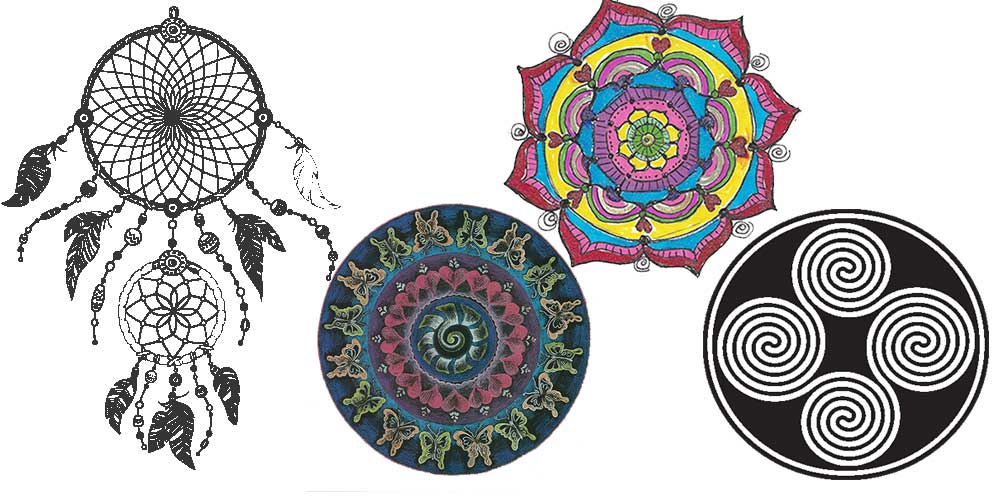
What is a mandala? It’s an essence container.
A mandala is a circular, essence container. Many people have heard of the sand mandalas created by Buddhist monks. These beautiful mandalas are meticulously created with grains of colored sand. Once complete, they are deconstructed and transported, and released into a close body of water.
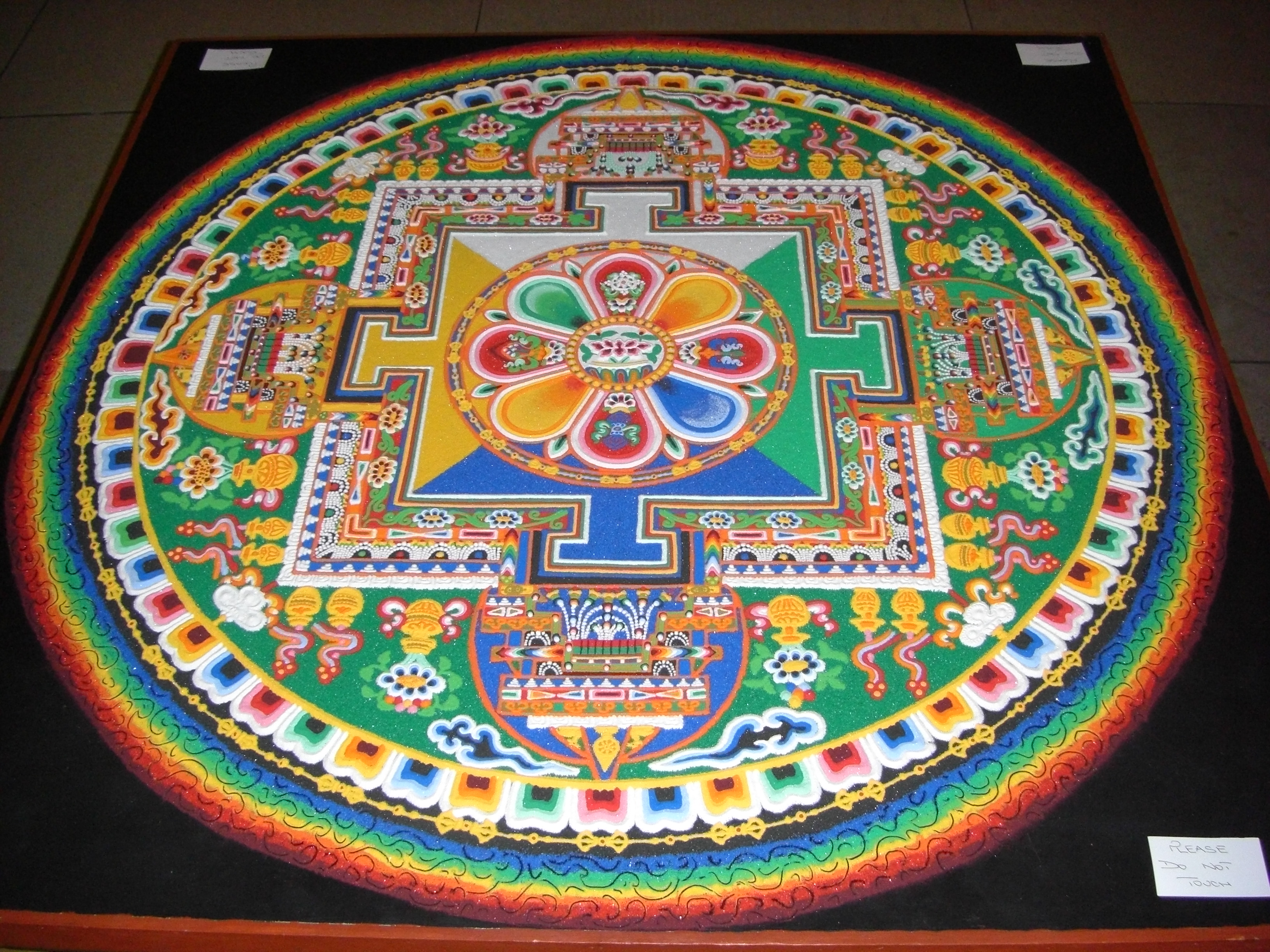
Chenrezig Sand Mandala created and exhibited at the House of Commons of the United Kingdom on the occasion of the visit of the 14th Dalai Lama on 21 May 2008.
The research will often tell you that a mandala is a Hindu or Buddhist form of art. This is most likely because the word mandala originates from Sanskrit which is the liturgical language of Hinduism and Buddhism.
When I talk with students about the question, “What is a Mandala?” people often do assume it is part of the Hindu or Buddhist faiths.
But how can a “circle with symbols in it” belong to any religion, faith, or culture? It can’t. A circle is a universal shape that everyone relates to. Think of all the gorgeous stained glass windows in Christian churches. Many of them are mandalas.
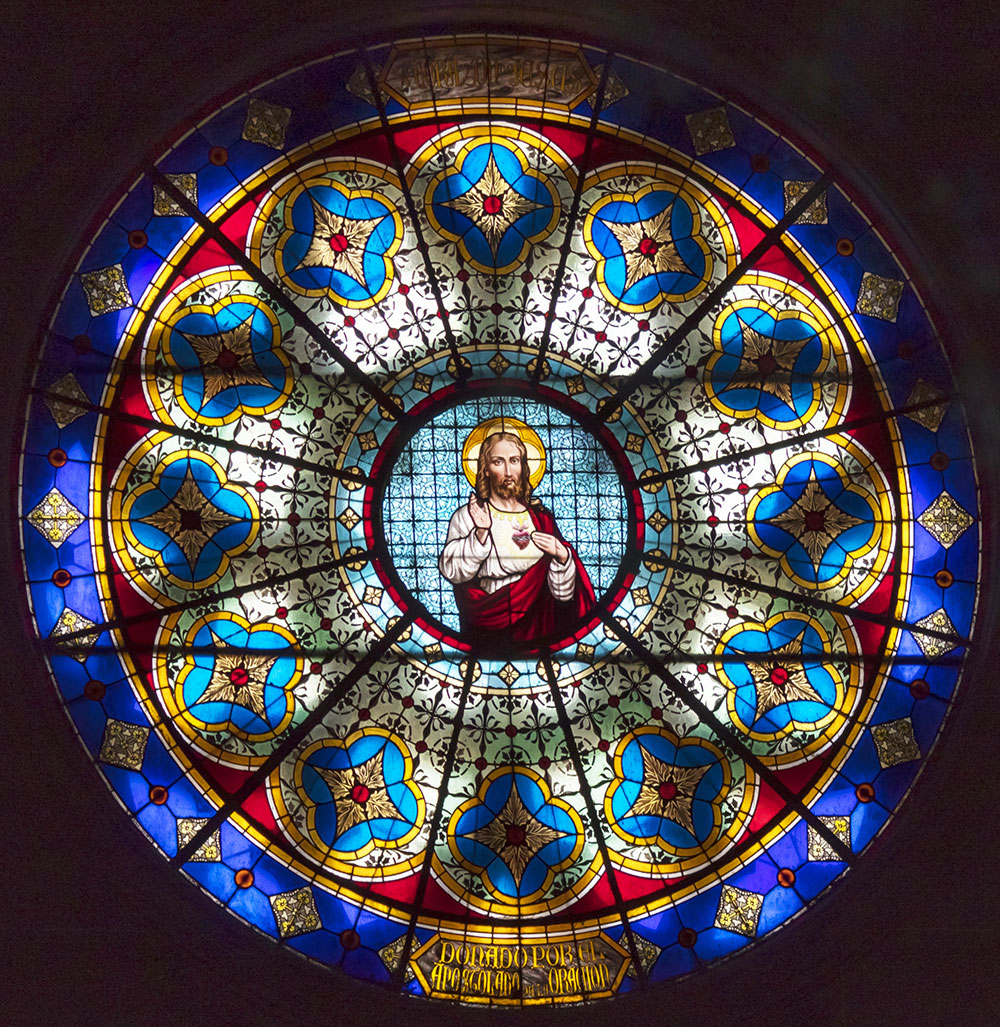
Christian Stained Glass Mandala
Hmmm.
I once had a mandala workshop canceled by a major bank in Columbus, Ohio because someone on a committee thought I was promoting Hinduism.
I personally was brought up in the Catholic faith. I went to Catholic school my entire childhood. I remember when I decided I wanted to learn how to paint a mandala, I did have the thought that it might not be right – I felt a touch of fear that I was venturing into territory I didn’t understand. This lasted a couple of seconds before I said “I’m in!” I began to draw them so often that people asked me how I did it, which is what caused me to start teaching others to draw their own.
What is a mandala? The mandala (a circle with symbols in it) is one of the most ubiquitous symbols in religions all over the world.
Mandalas are central in Buddhism and Hinduism and found in Native American, Christian, Jewish and Islamic art.
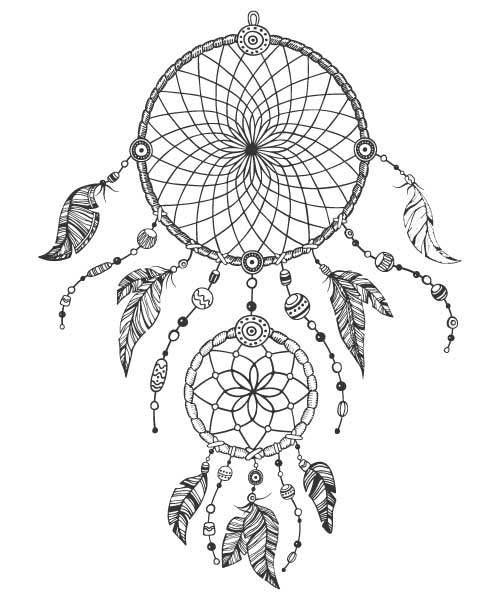
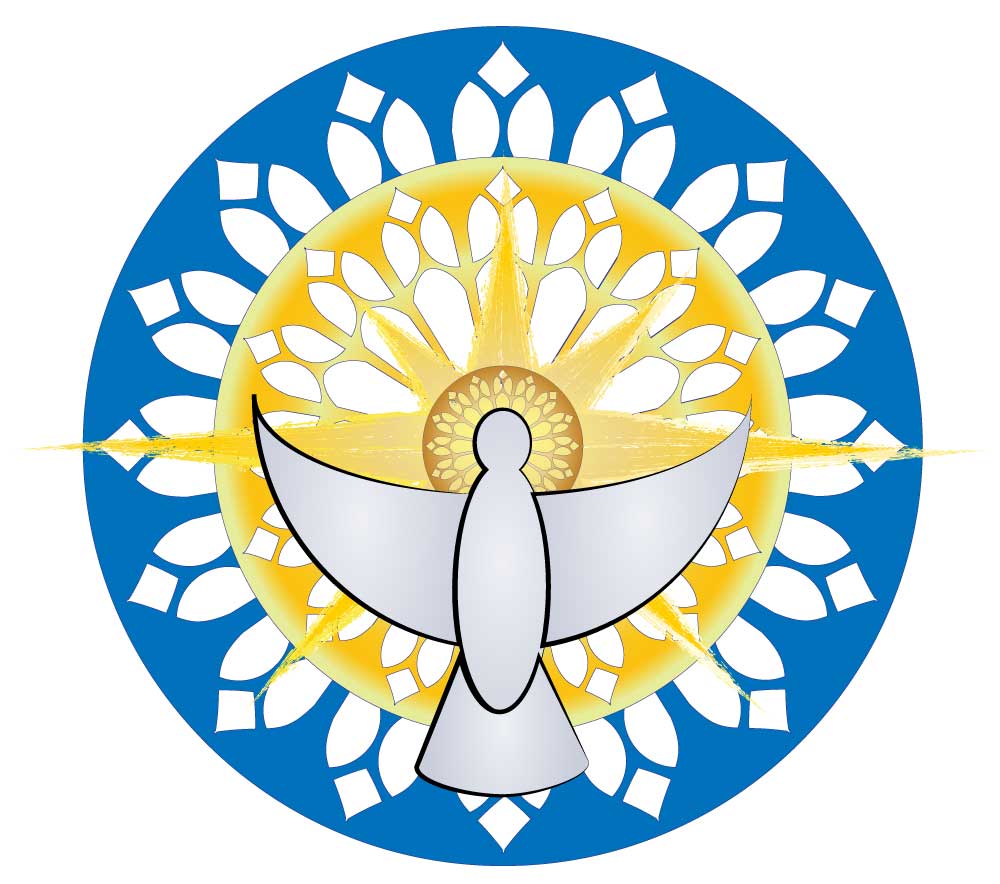
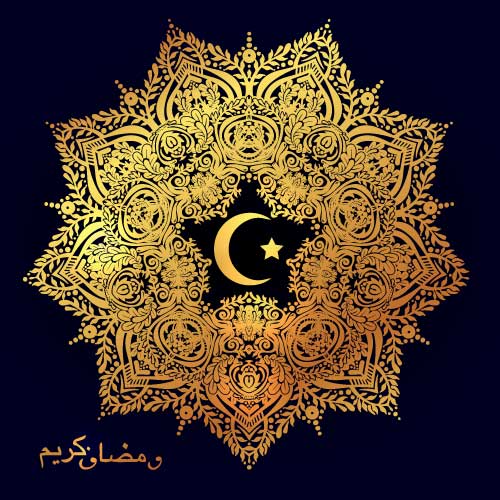
Mandalas are drawn within a circle. As it turns out, we humans love circles.
We resonate with and trust circles. A newborn begins to see in a circle. The sun is a circle. Consider these familiar circles: the earth, the moon, flowers, eyes, faces, stars, snowflakes, halos, wreaths, cookies, wheels, gears, icons, buttons, the Olympics symbol which has five interlocking rings of different colors, representing the five major continents of the world united together in a spirit of healthy competition.
Once a circle is drawn on paper or canvas, it’s easier for the mind to be OK with filling it up with symbols and drawings.
According to Carl Jung, ”a mandala is the psychological expression of the totality of the self” (1973: 20). Jung, a Swiss psychiatrist, discovered the significance of mandalas through his own inner work.
“I sketched every morning in a notebook a small circular drawing, a mandala, which seemed to correspond to my inner situation at the time. With the help of these drawings I could observe my psychic transformations from day to day…My mandalas were cryptograms…in which I saw the self—that is, my whole being—actively at work.” (1965: 195-196).
Carl Jung knew the answers to the question, “What is a mandala?”
Jung used mandalas with his patients. He claimed that creating mandalas helped people work out issues in their psyche that they didn’t even know existed. What? Working out issues in your psyche by drawing stuff in a circle? How can this be?
Consider that a mandala is a “circle containing symbols.” If you ask someone to draw a circle and draw symbols in the middle, what appears is something from their own personal database of symbols. Their essence.
As students in my classes start to understand the answer to the question, “What is a mandala?”, it becomes their personal “essence container.”
I’ve seen hundreds of different symbols appear on the page or canvas, to the surprise of the student or artist.
Students will always draw something specific to them, their culture, their upbringing, their current affairs. I often hear things like”I have no idea why I drew this ‘symbol’, and “I haven’t thought about that in years.”
I’ve had people say things such as, “I haven’t thought about her/him in so long,” as they look at an innocuous symbol like a butterfly, rainbow, or tree.
I’ve had people finish their mandala and proclaim they are going to start “that project” that’s been on their minds for years.
I’ve had students cry, grieve, laugh with delight, feel empowered, more in love, and on and on!
From my own experience of teaching hundreds of people to draw or paint a mandala, I can attest that once the circle is in place, people begin to let go. They relax. Invariably, at the end of the class or workshop, I hear, “Times up?? I want to keep going!” Even from people who said they had NO artistic experience and were nervous to begin.
Below are many more mandalas from the mandala doodle class I teach.
Every student gets the same paper, pencil, compass, ruler and markers. They all get the same instructions.
To sign up for a class, click here.
Just like snowflakes – no two mandalas are alike. I love teaching this class and answering the question “What is a mandala?”
I hope to see you soon!
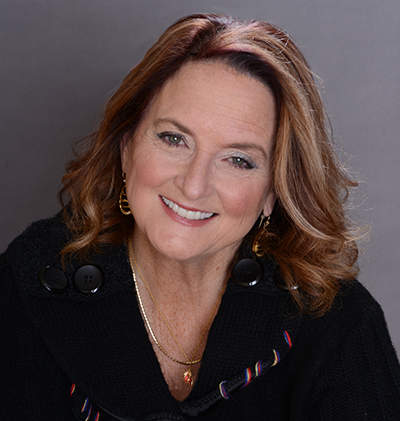
Kathy Rausch
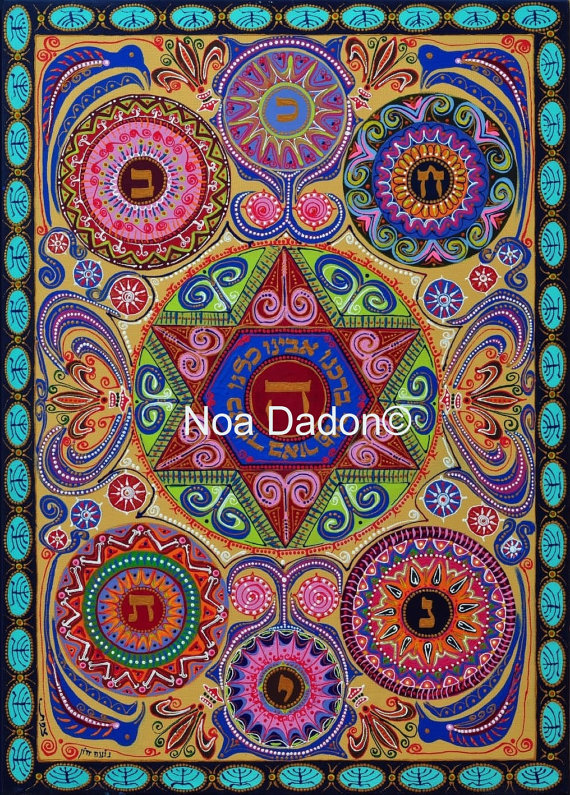
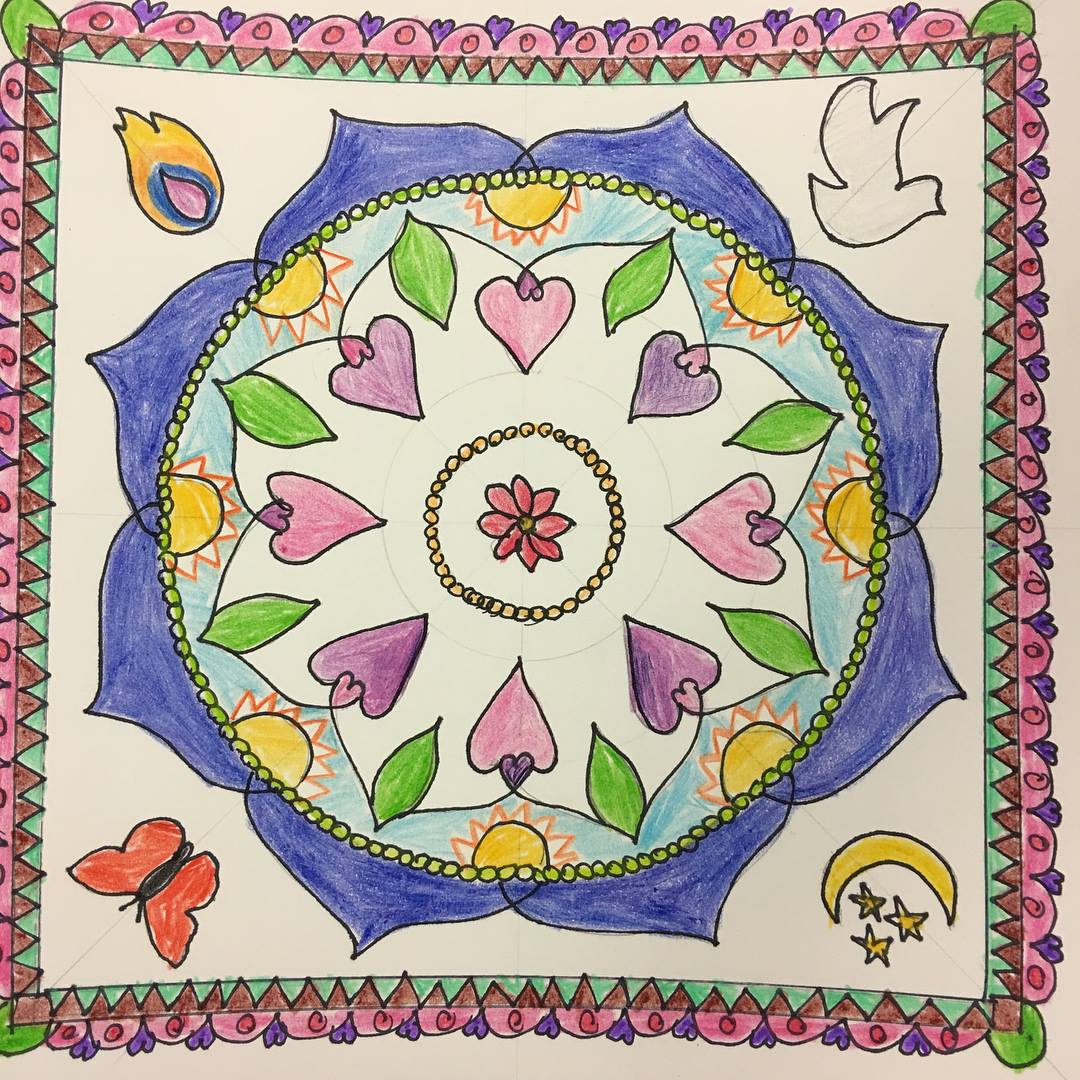
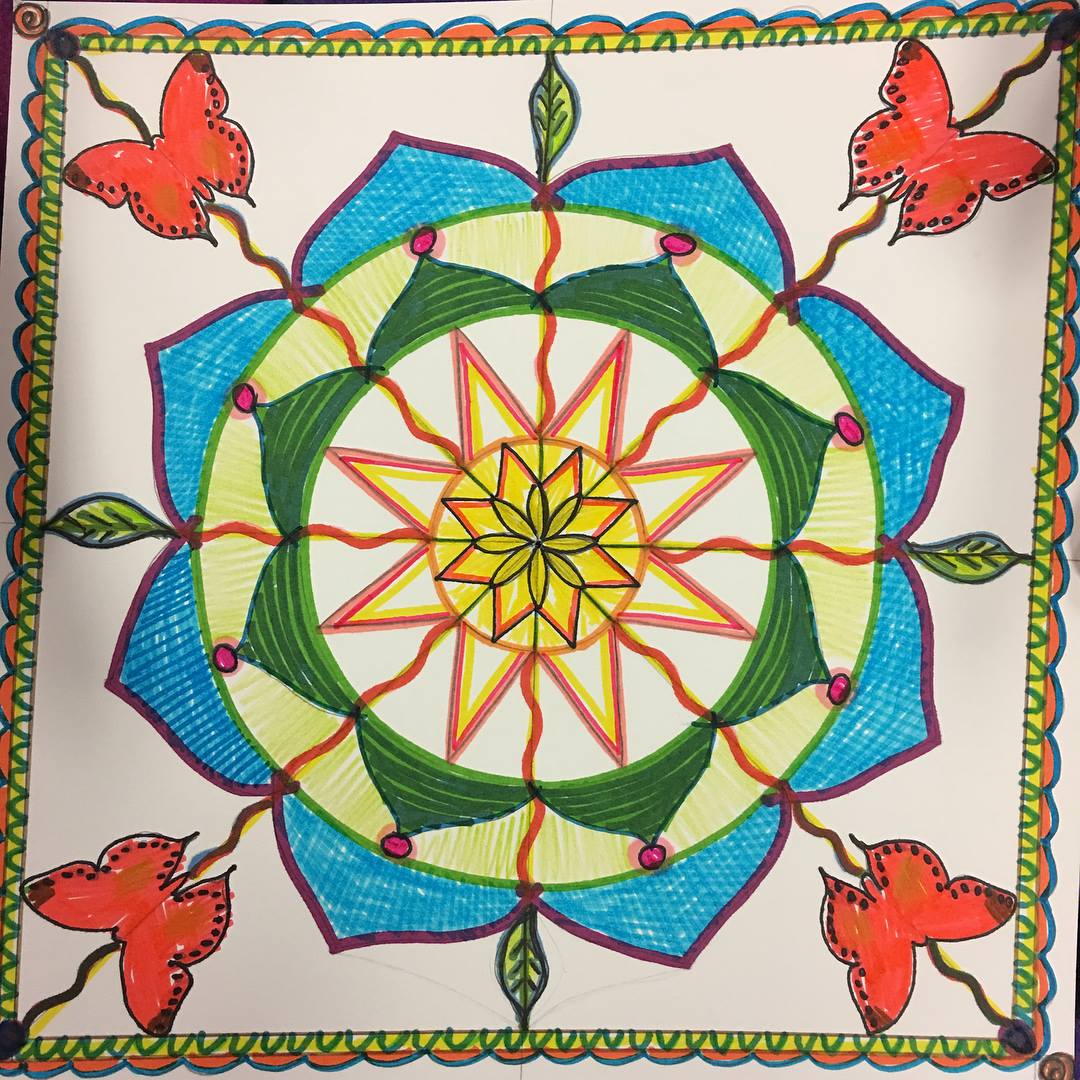
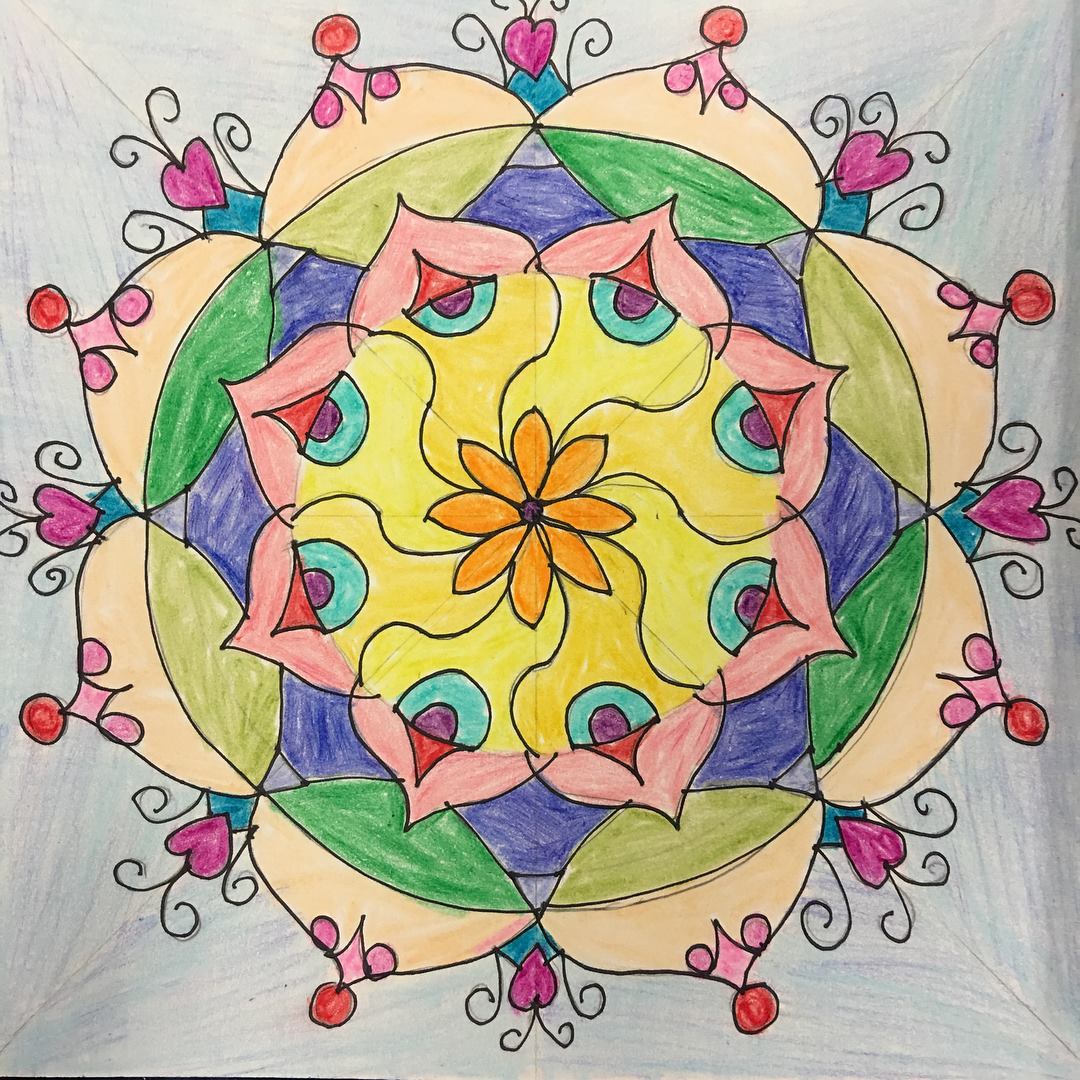
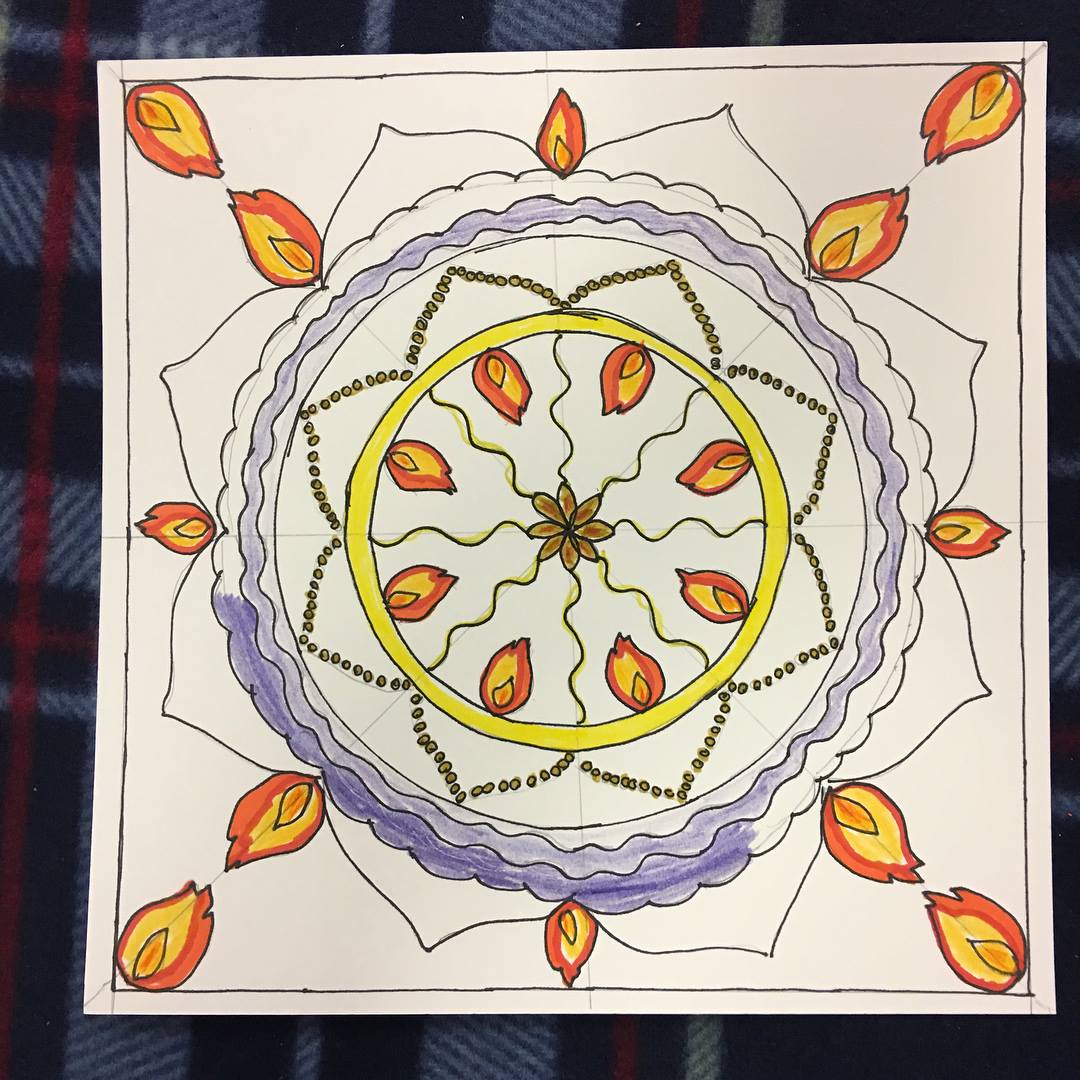
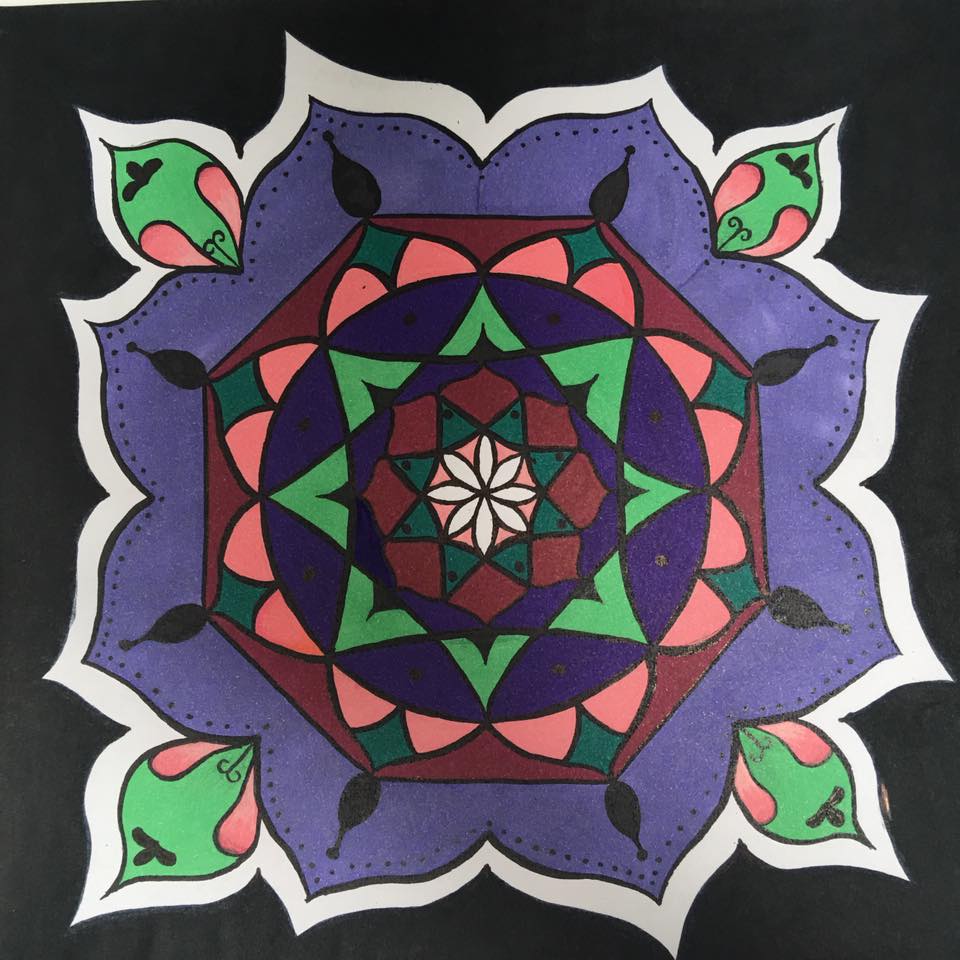
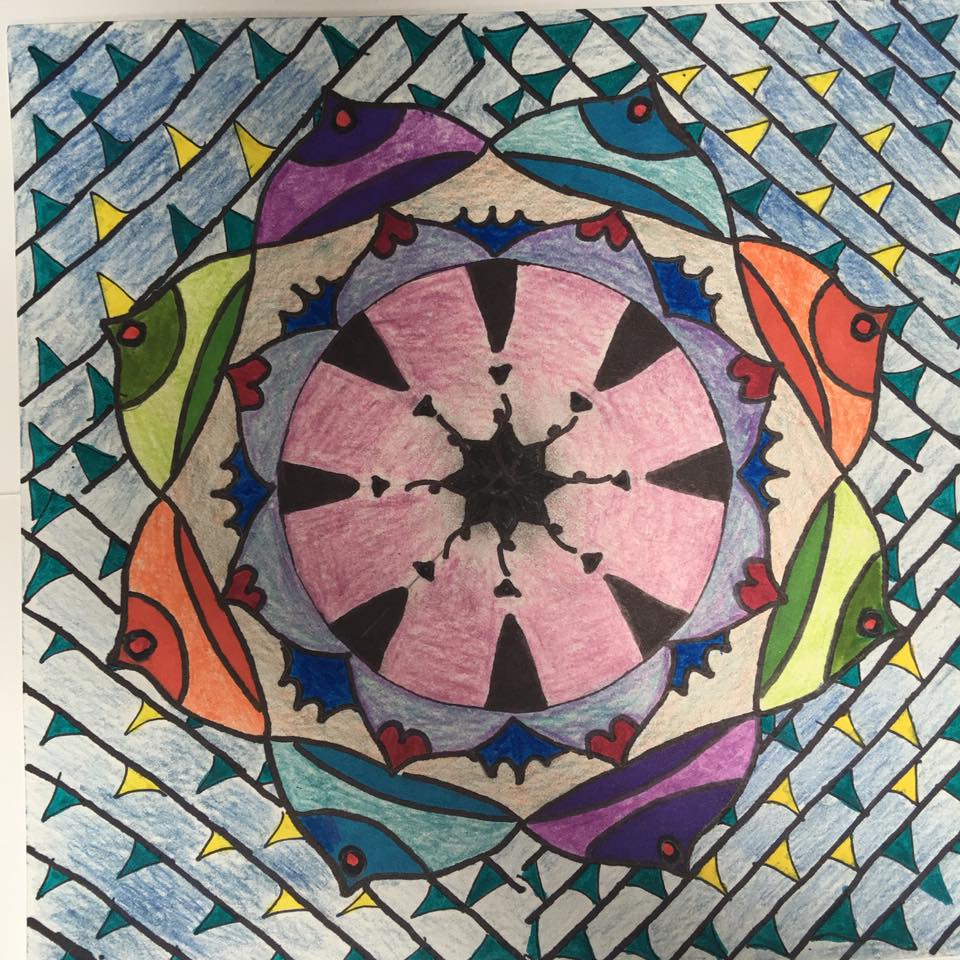
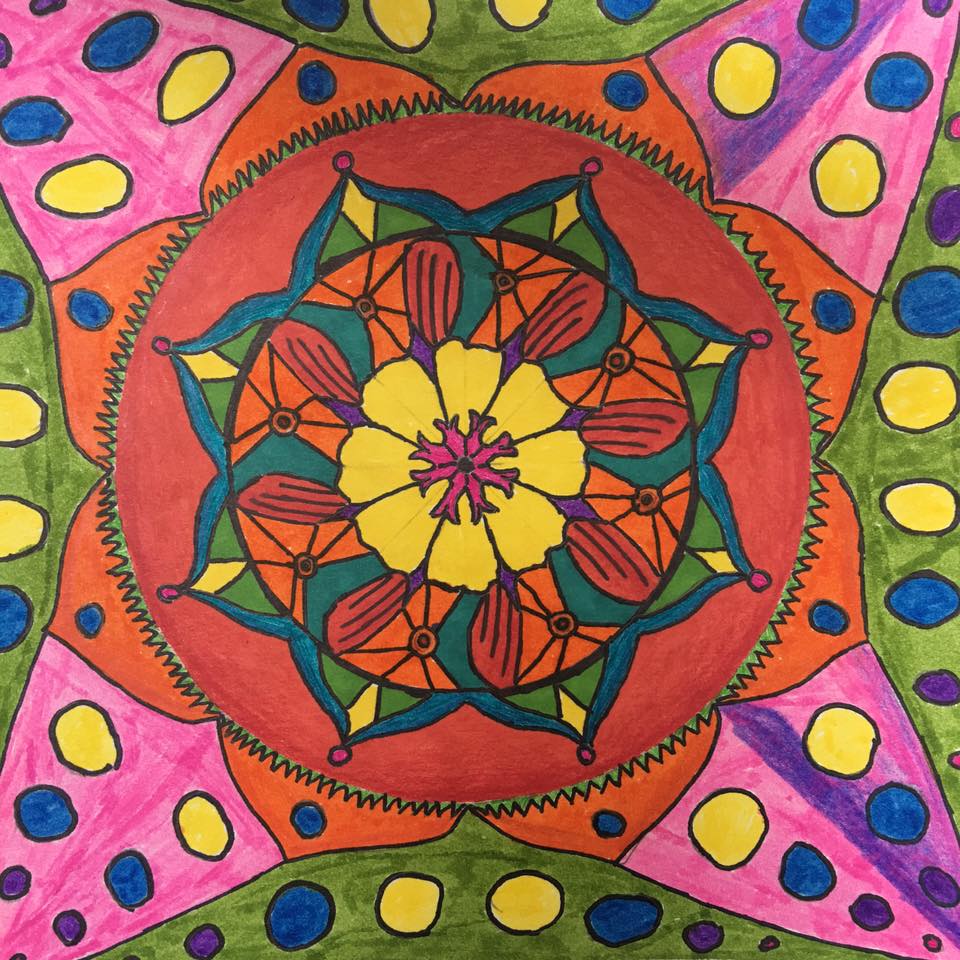

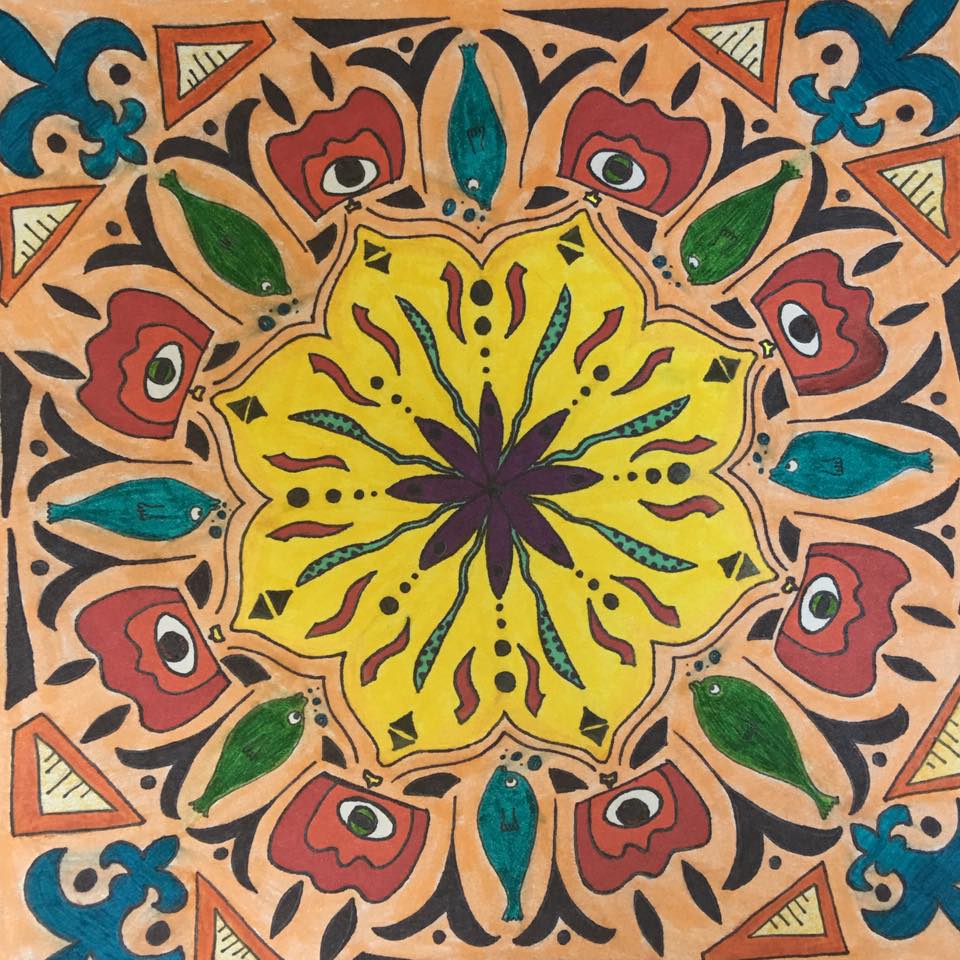

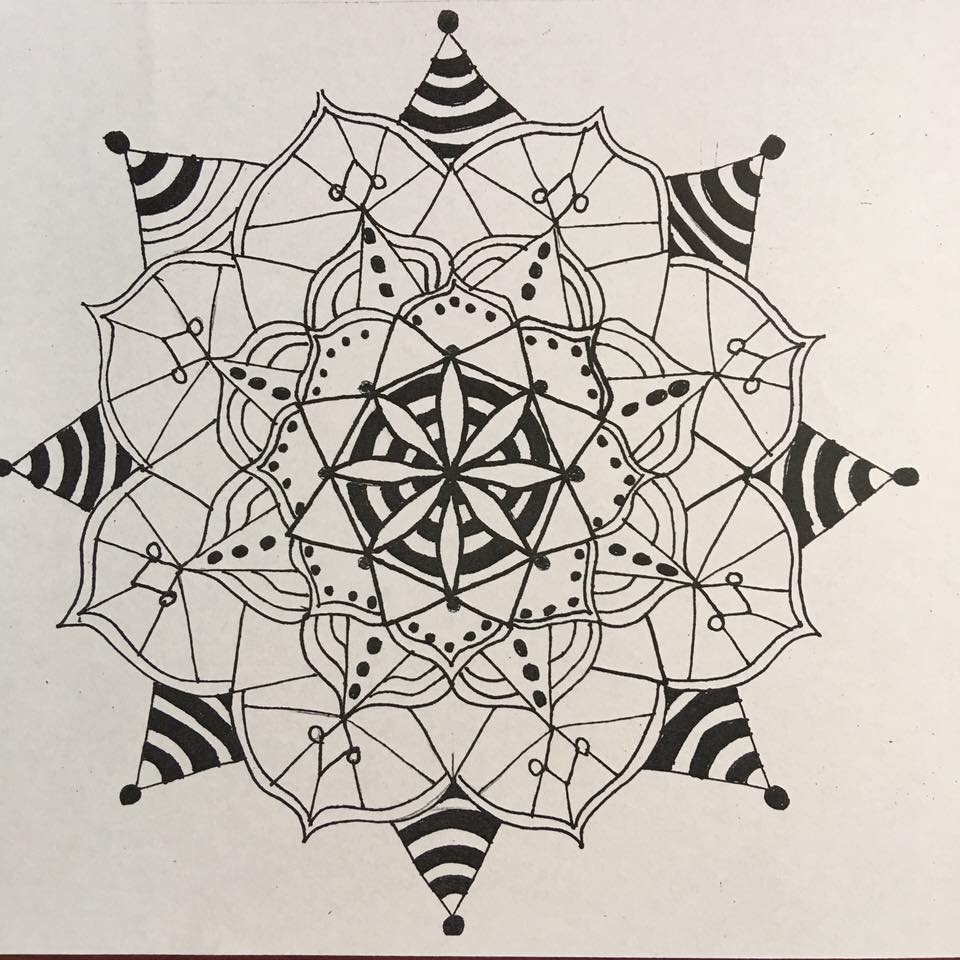
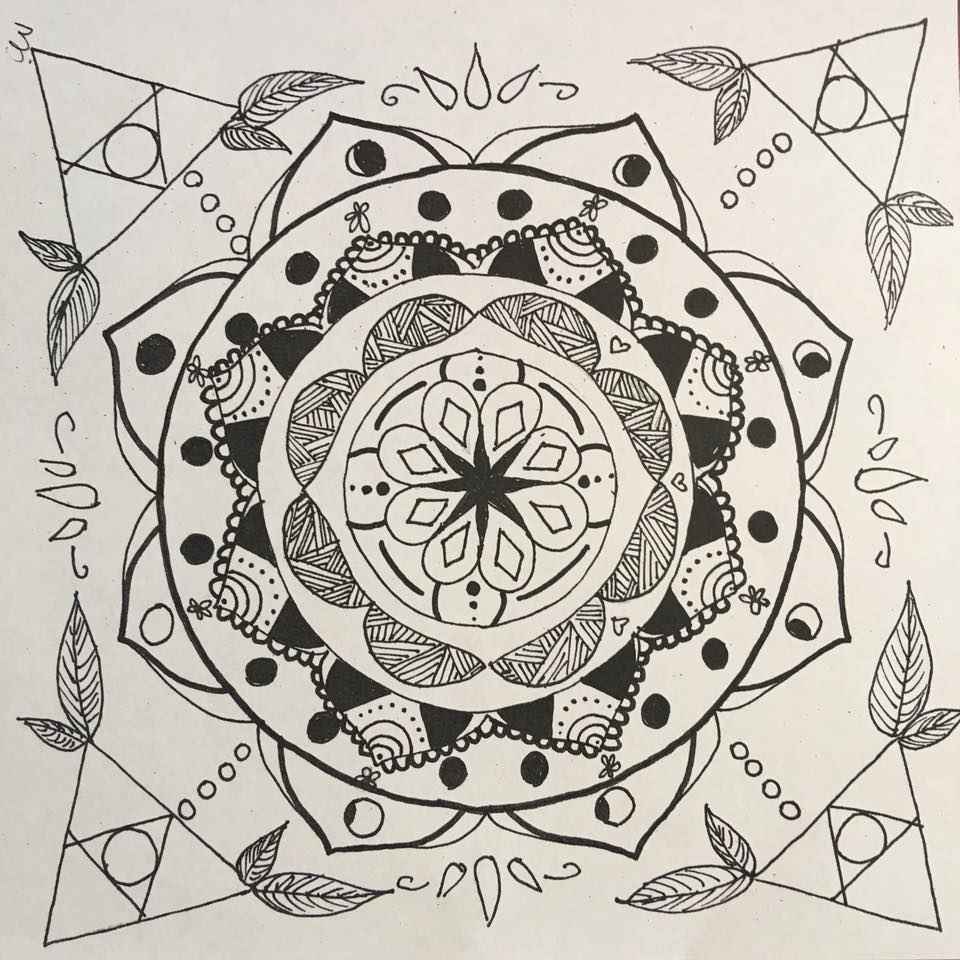

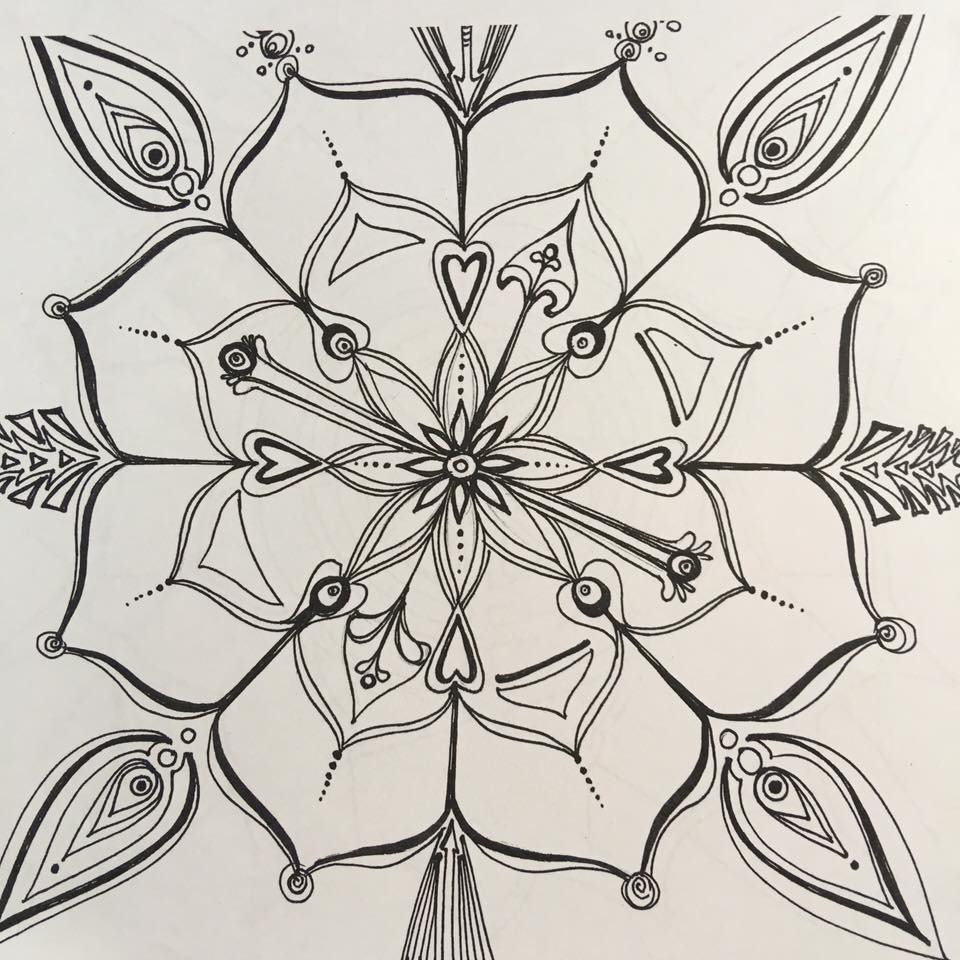

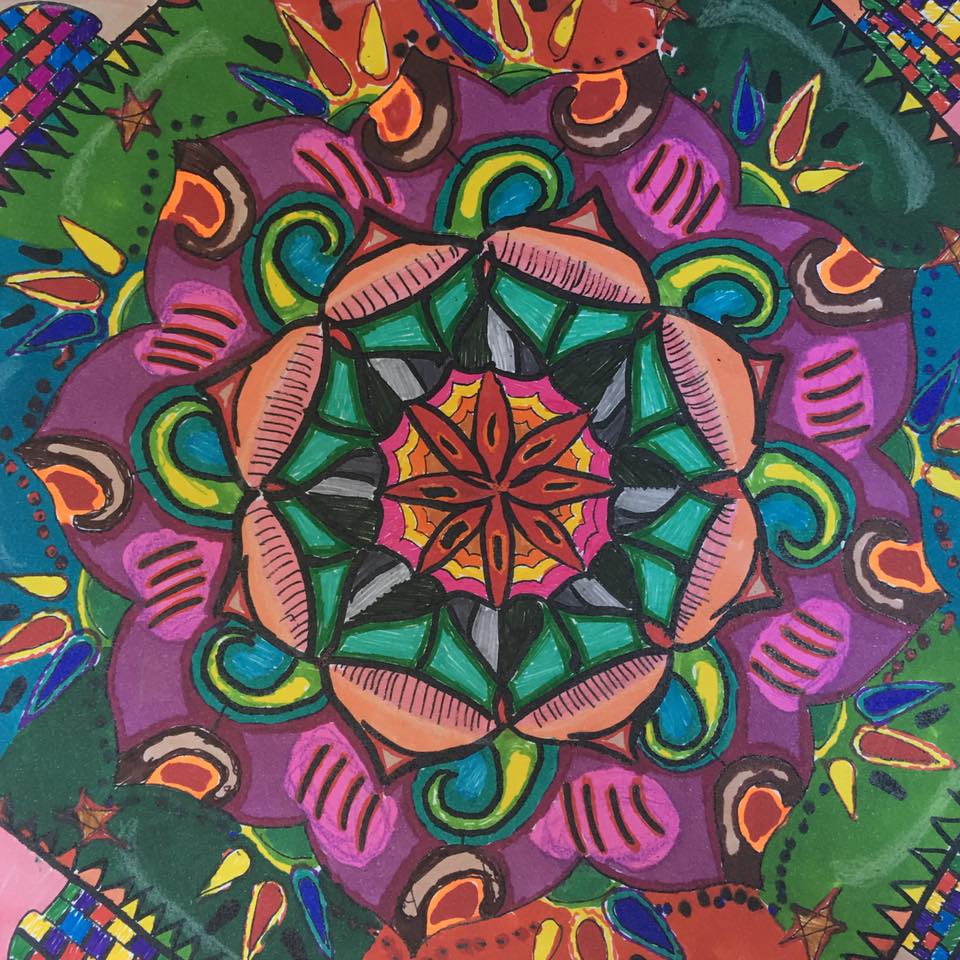
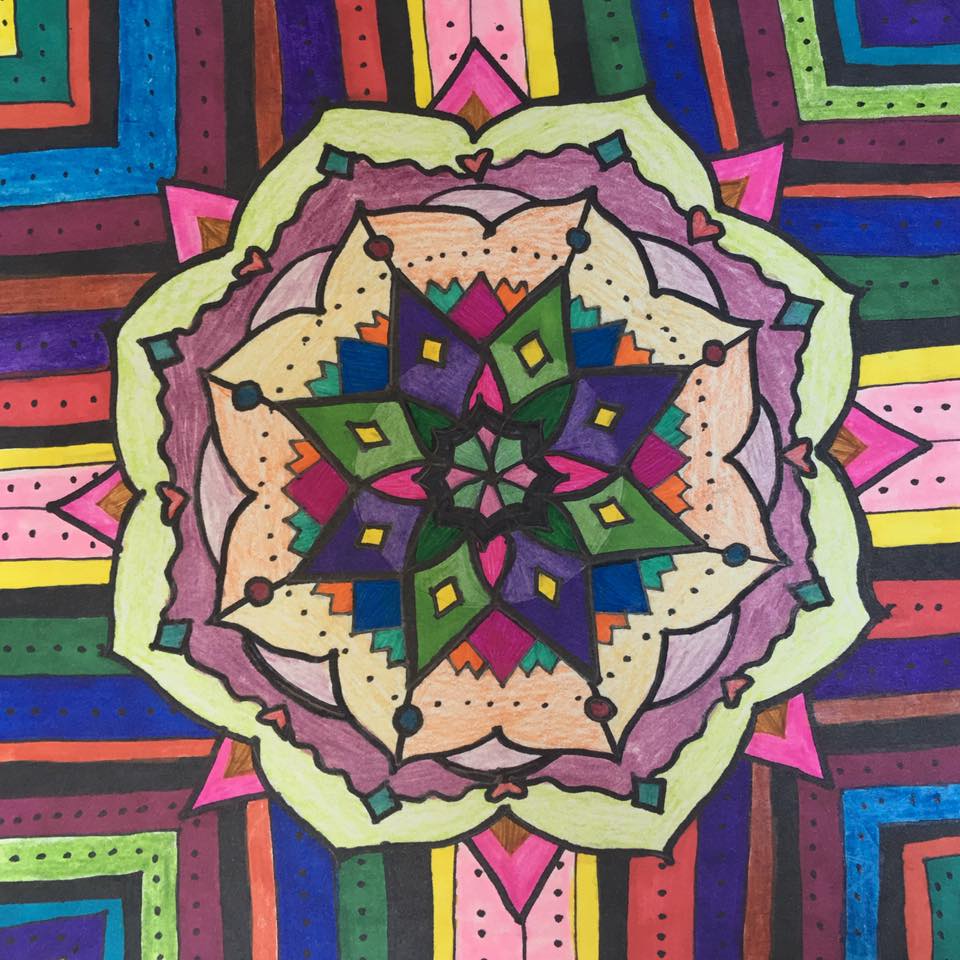
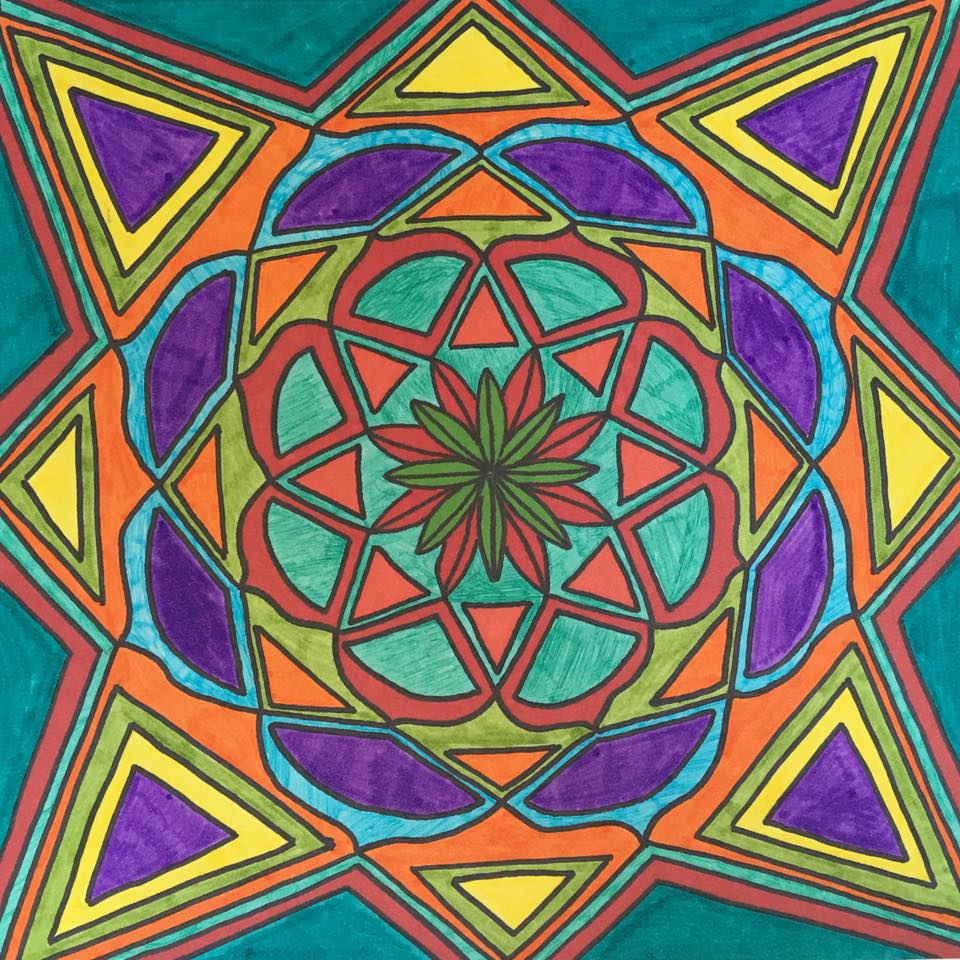
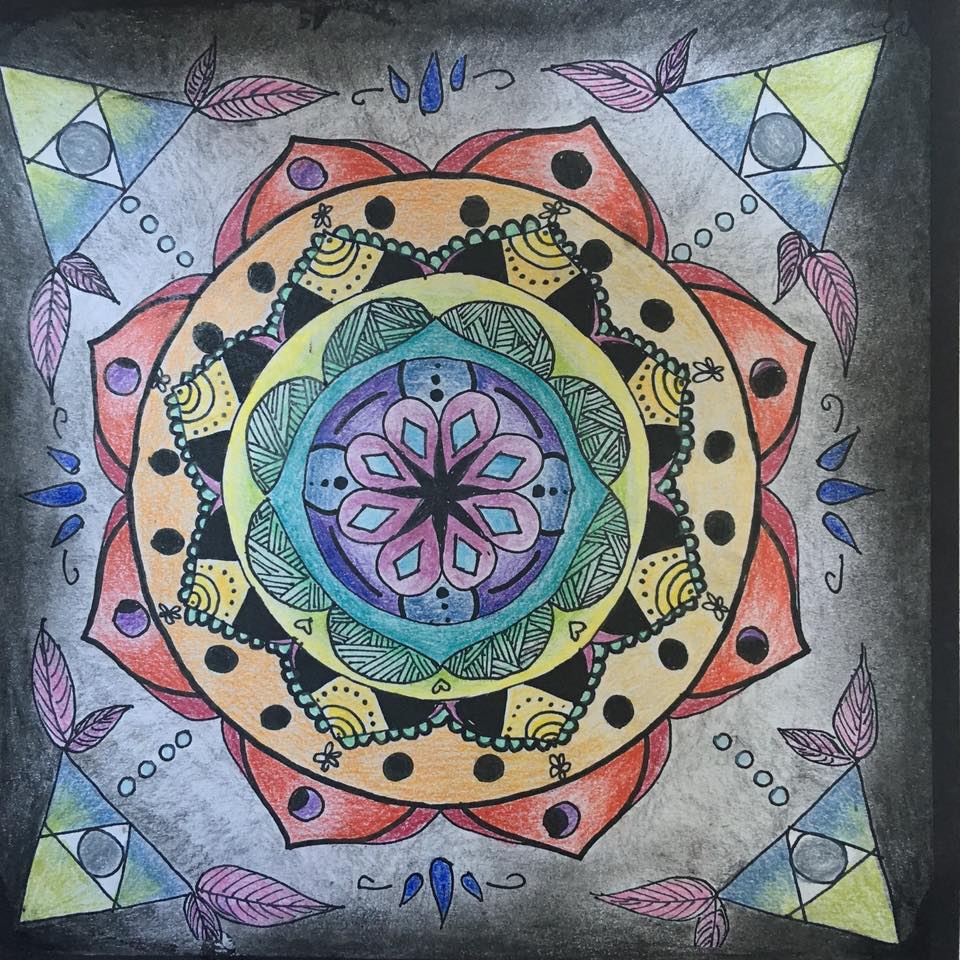

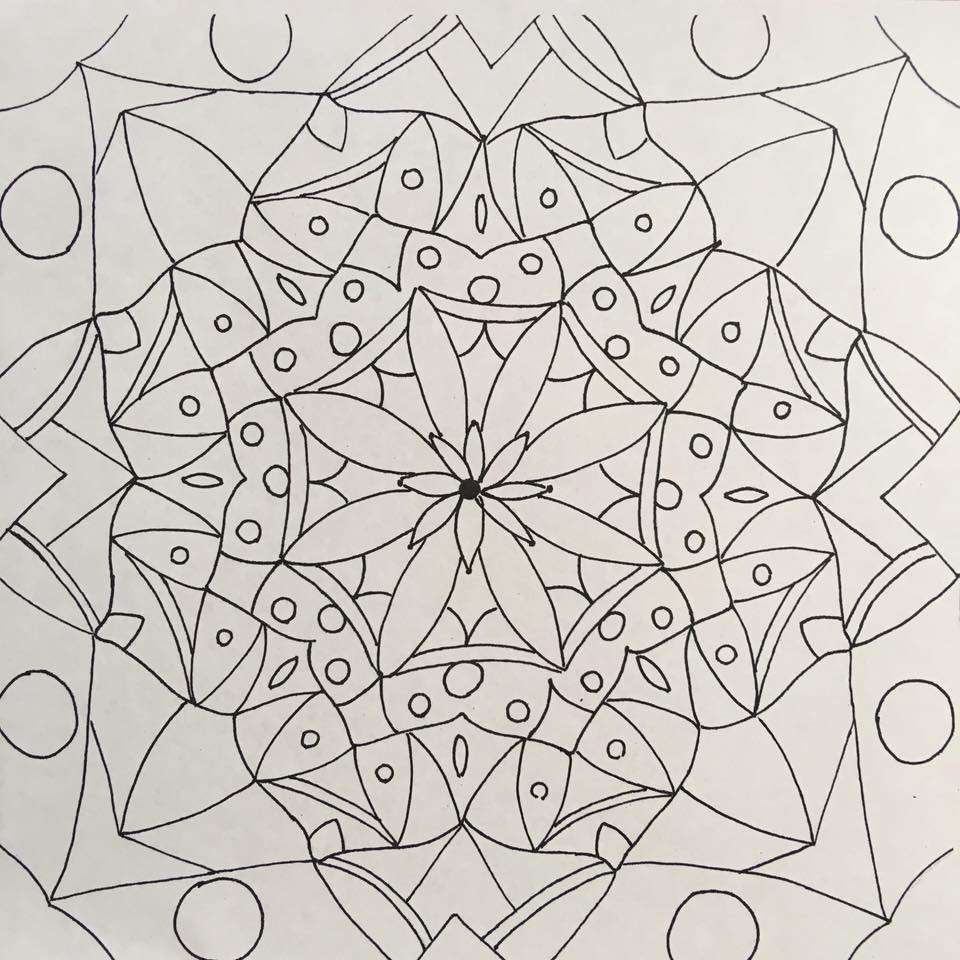

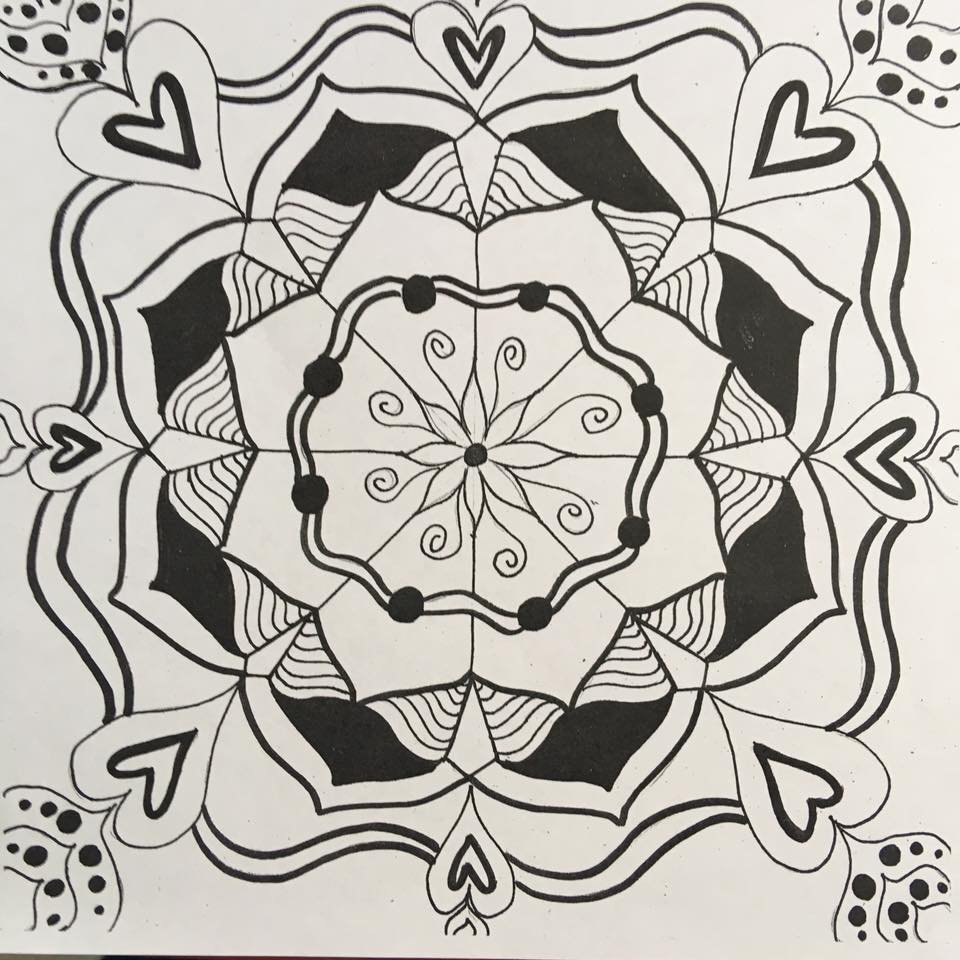
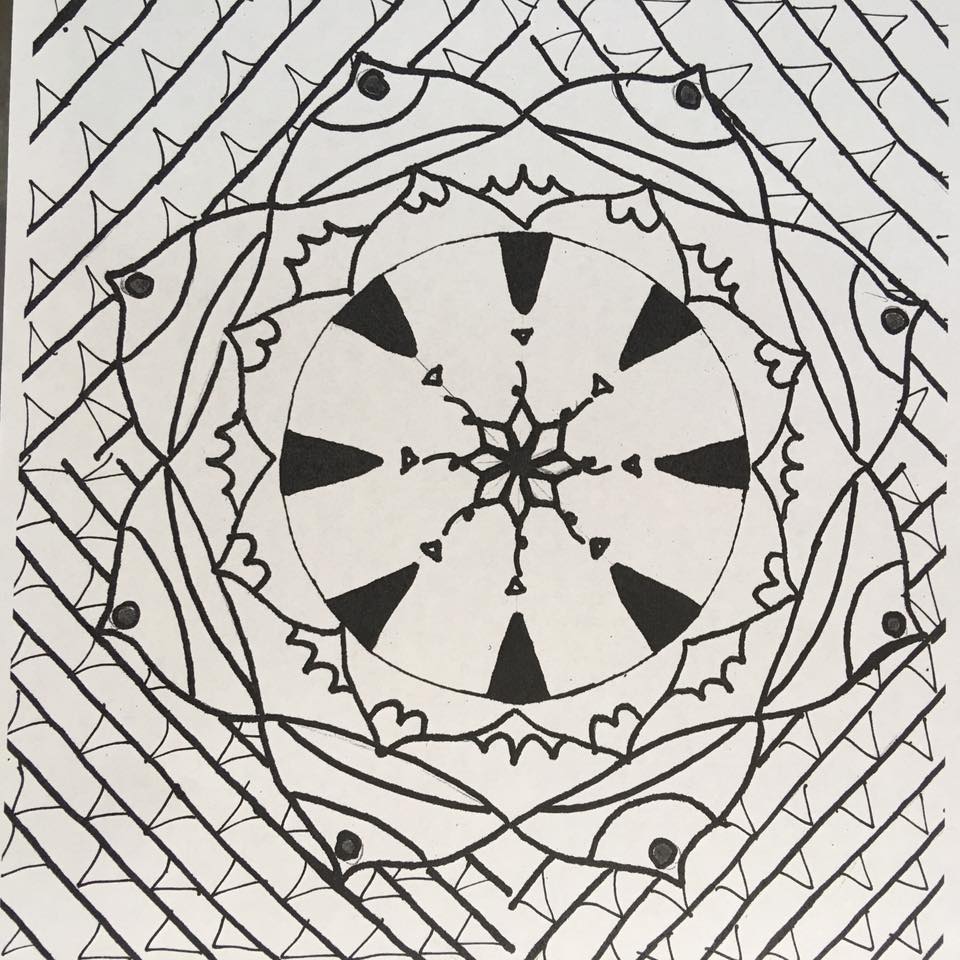
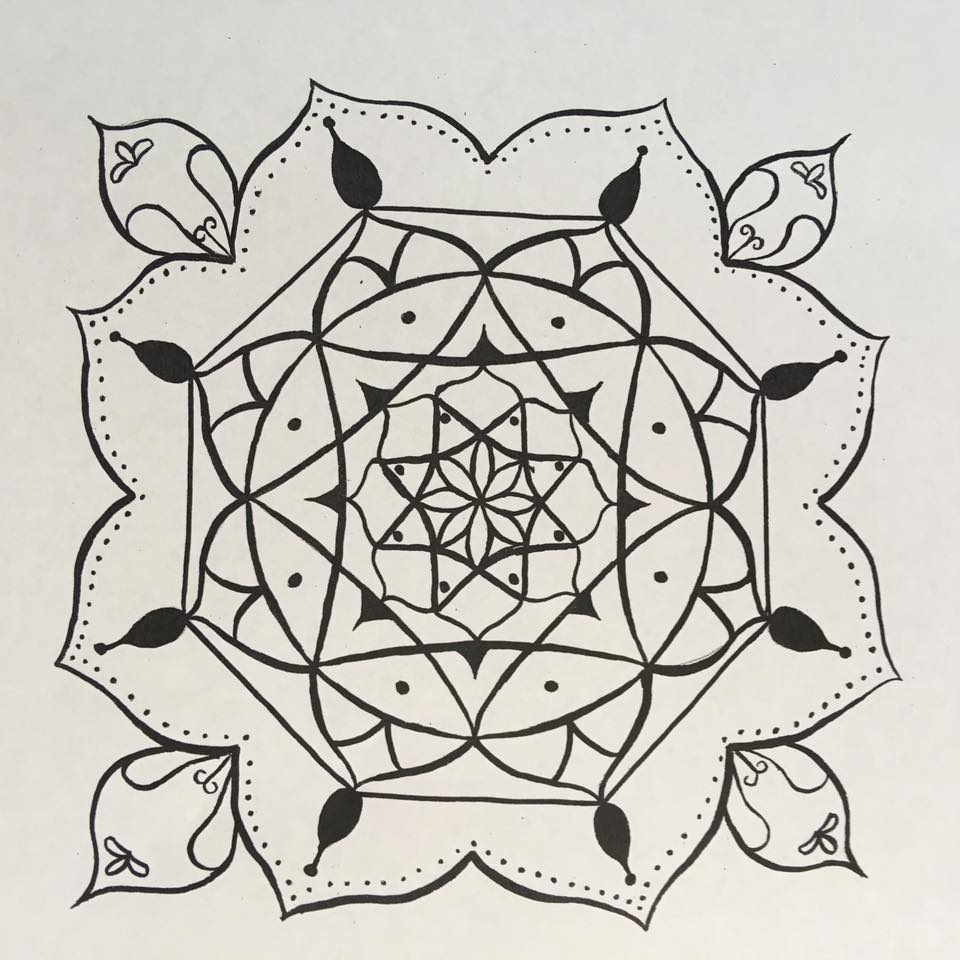
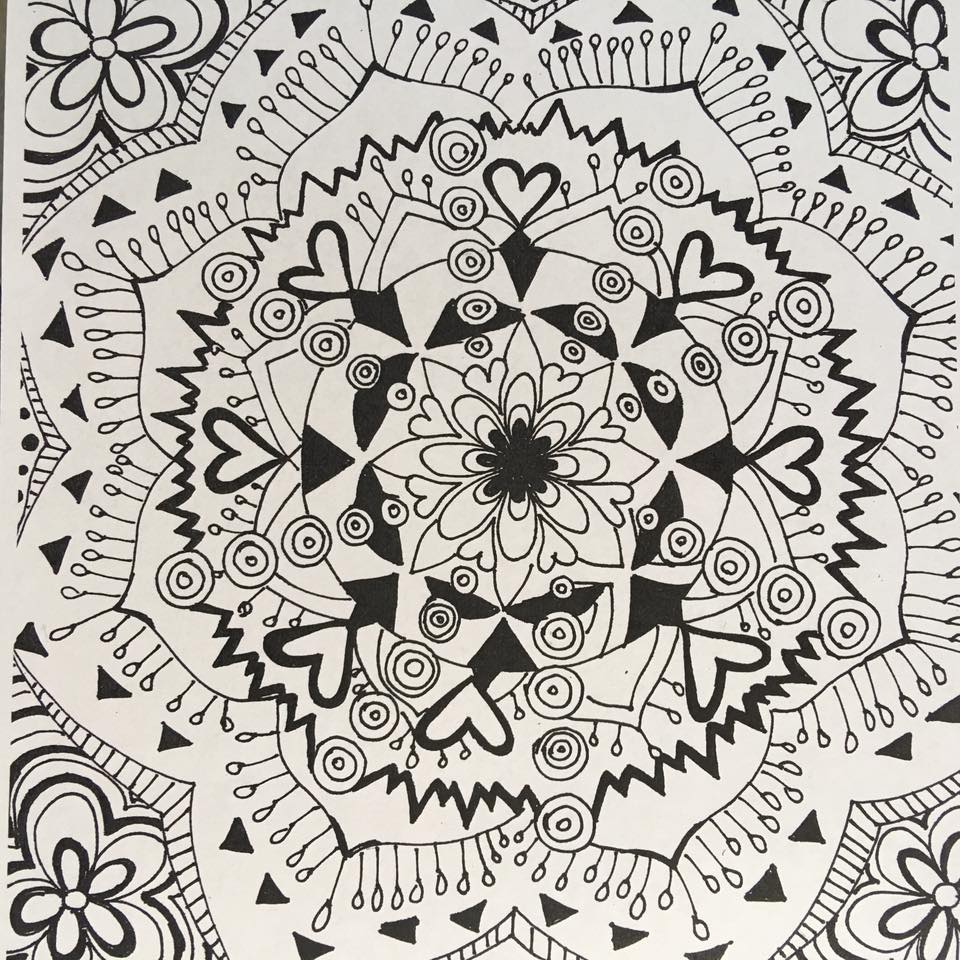
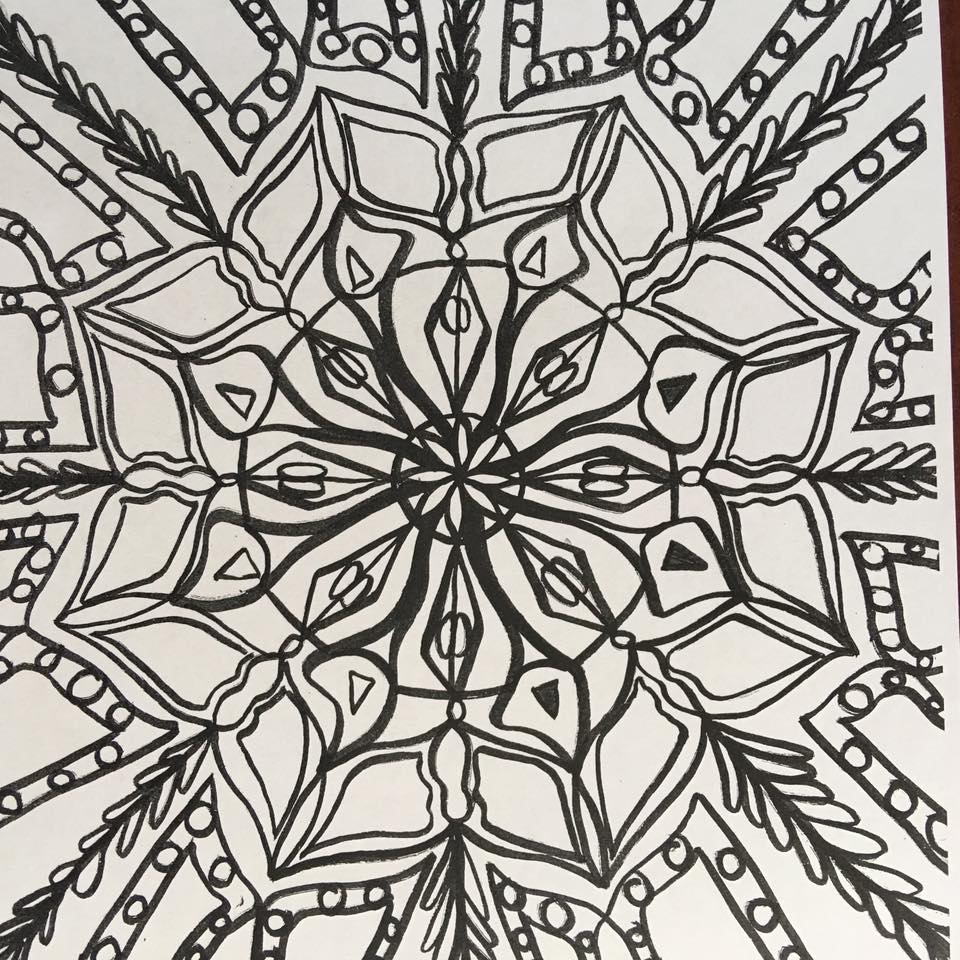

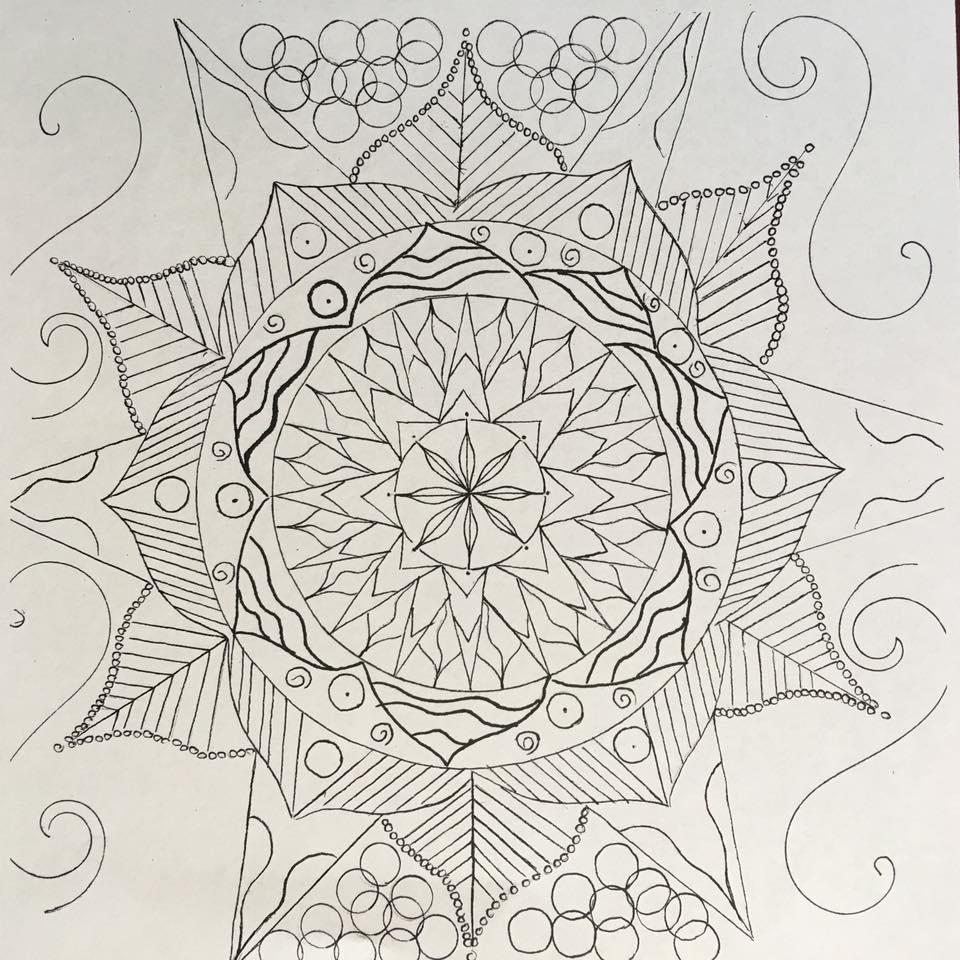
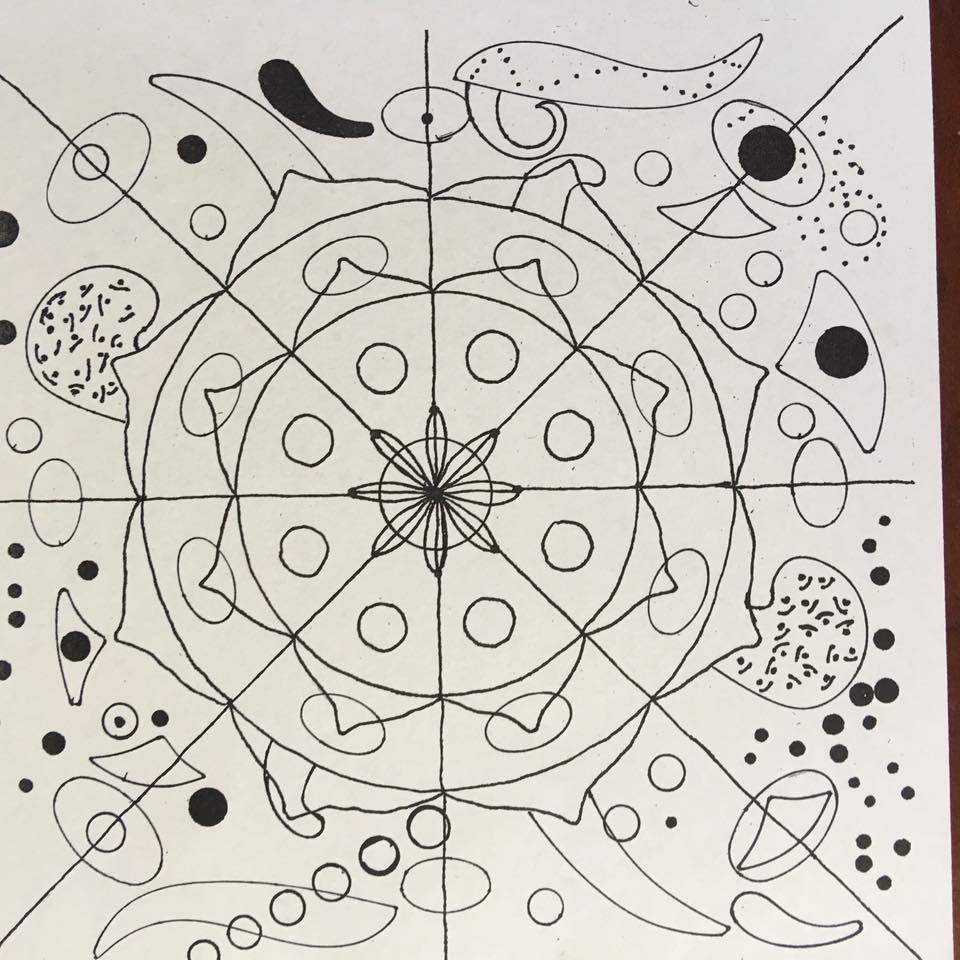
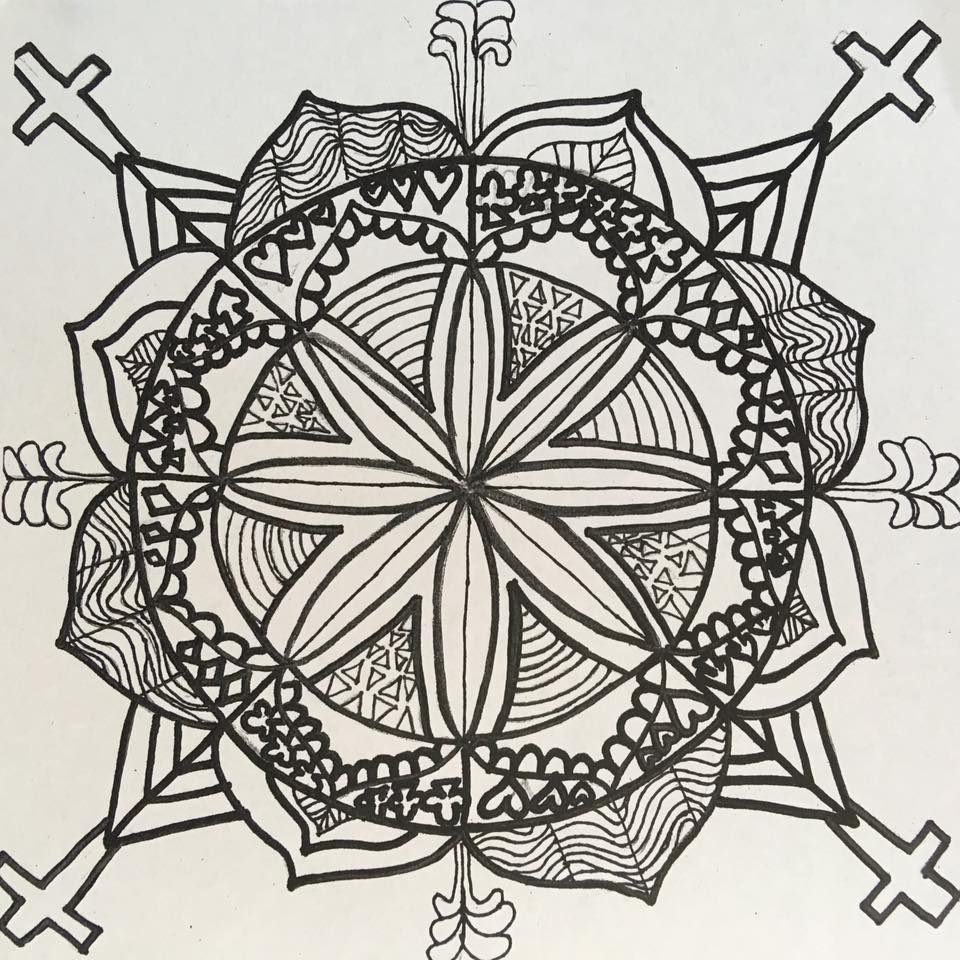
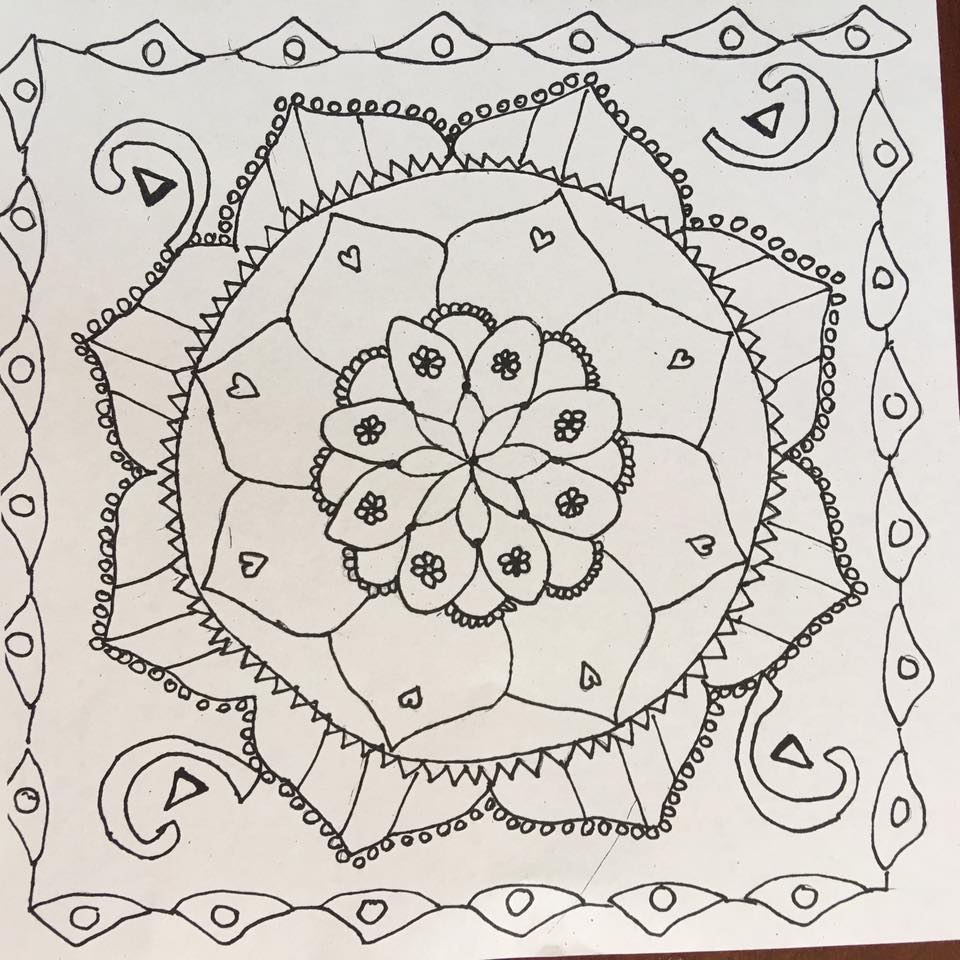
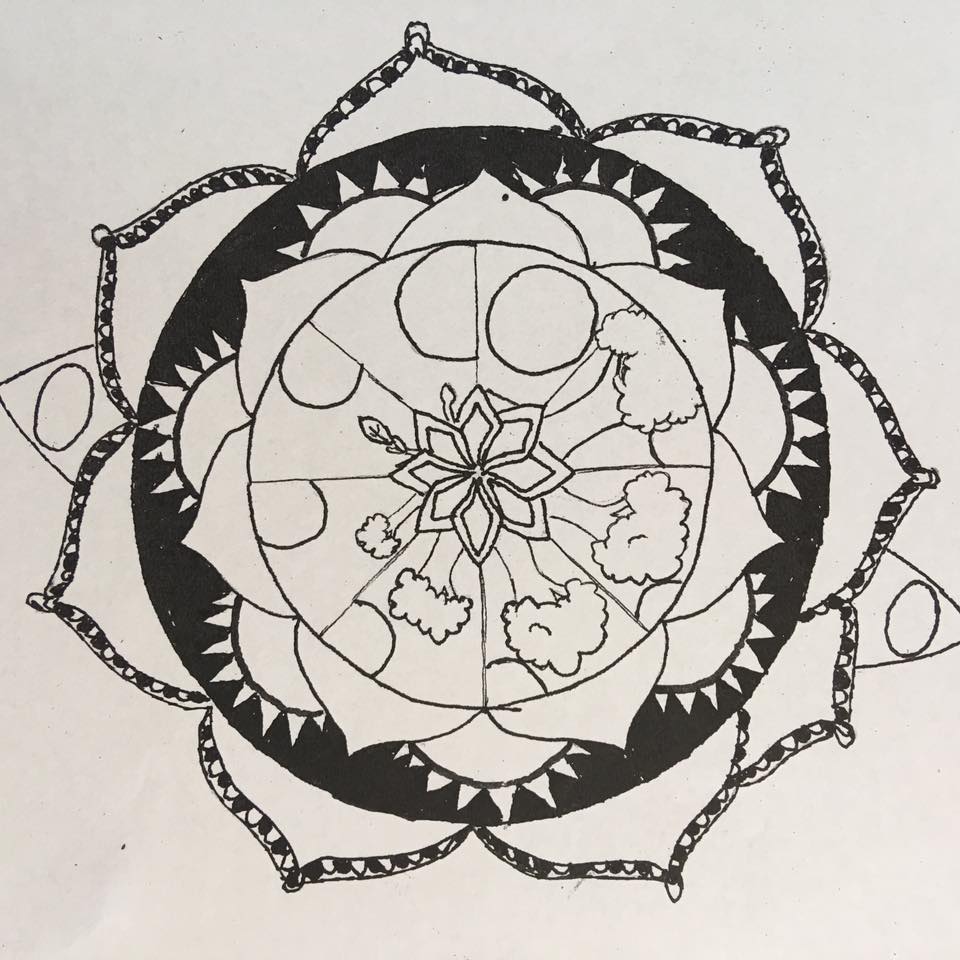
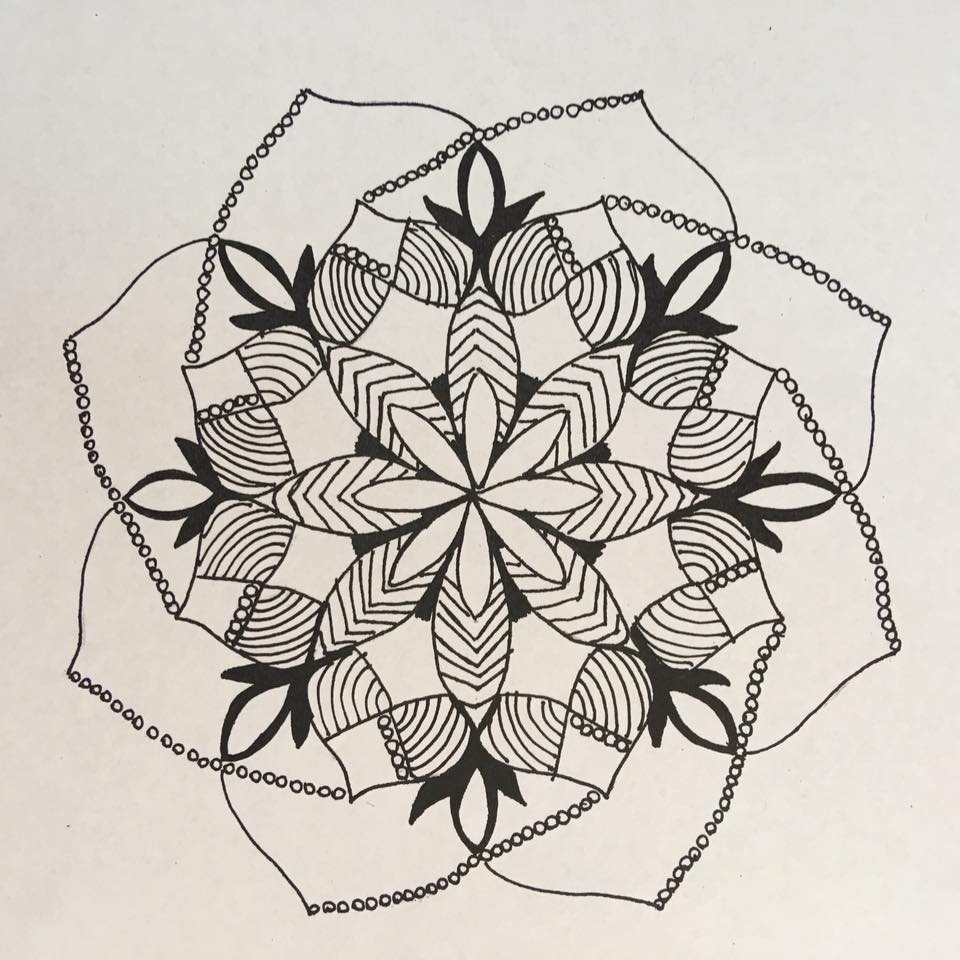



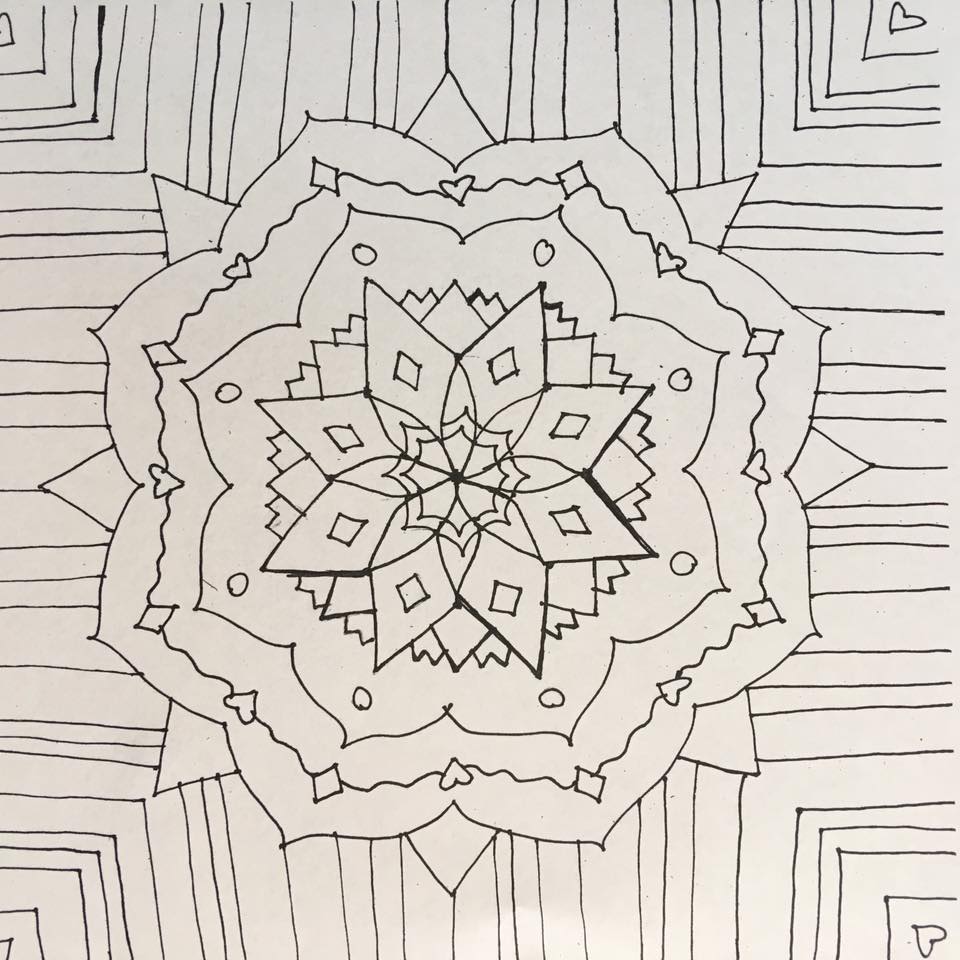
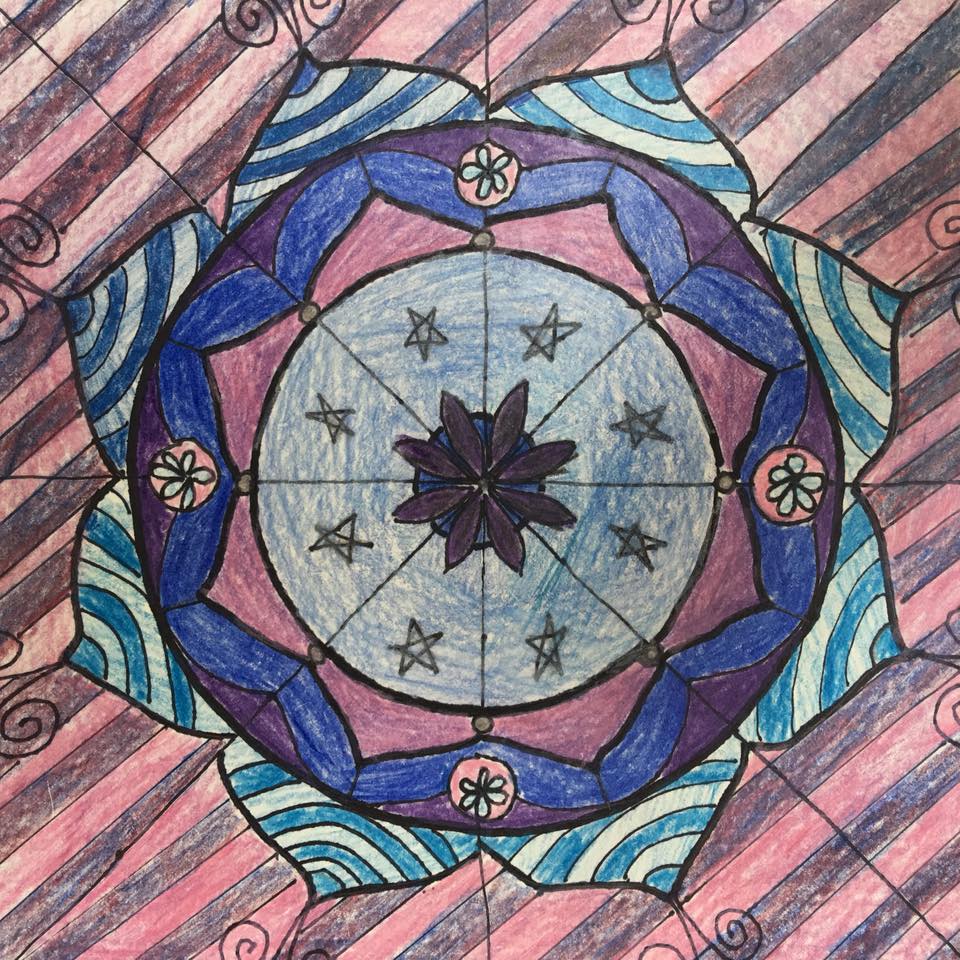

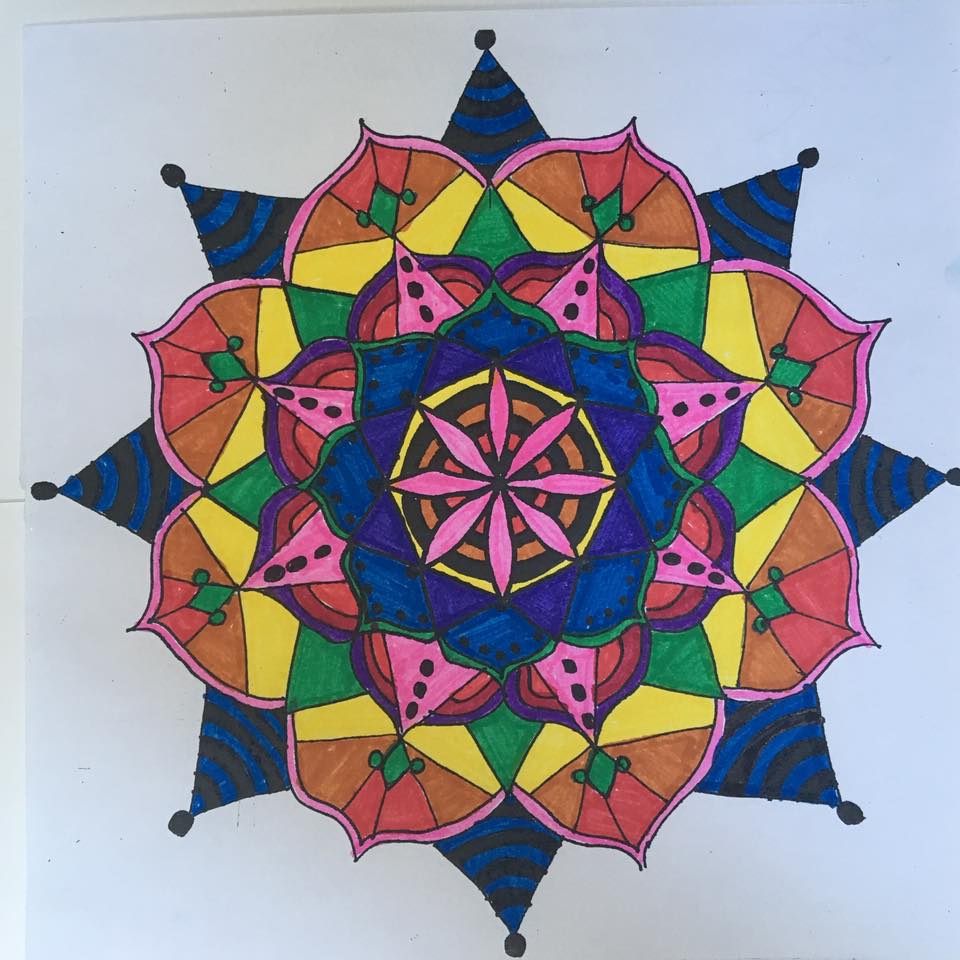
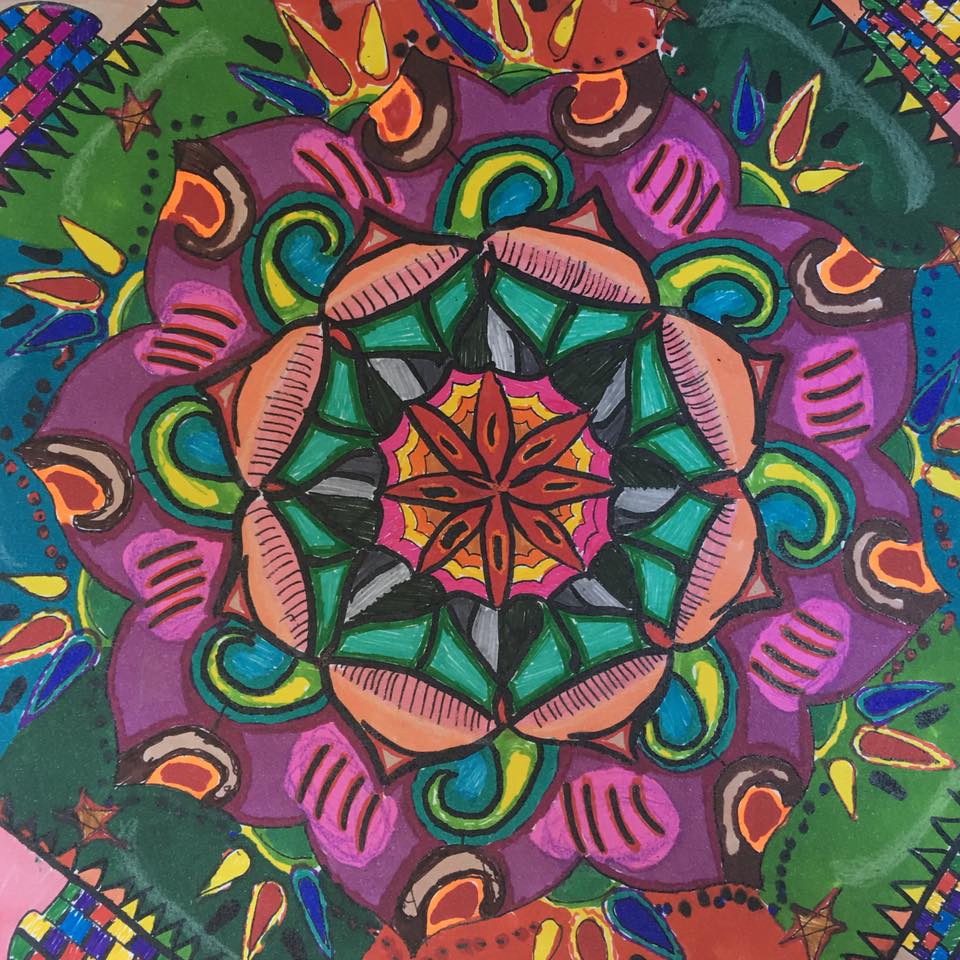
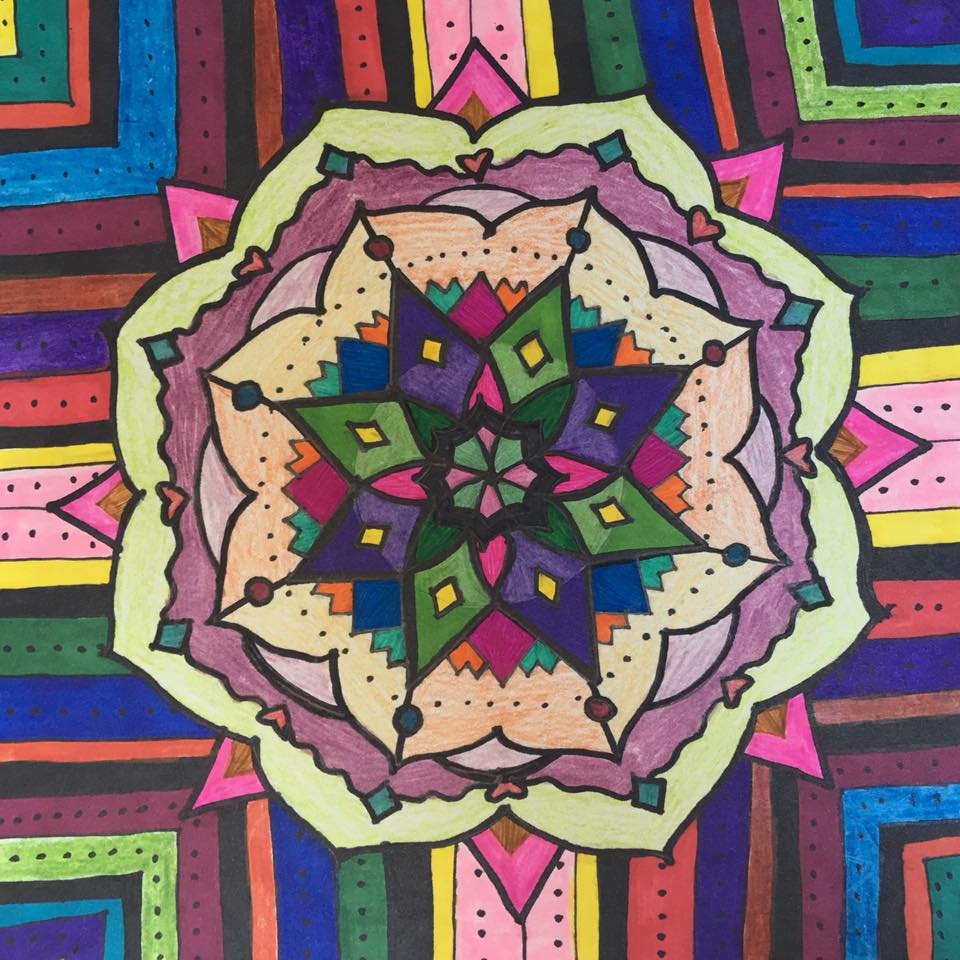
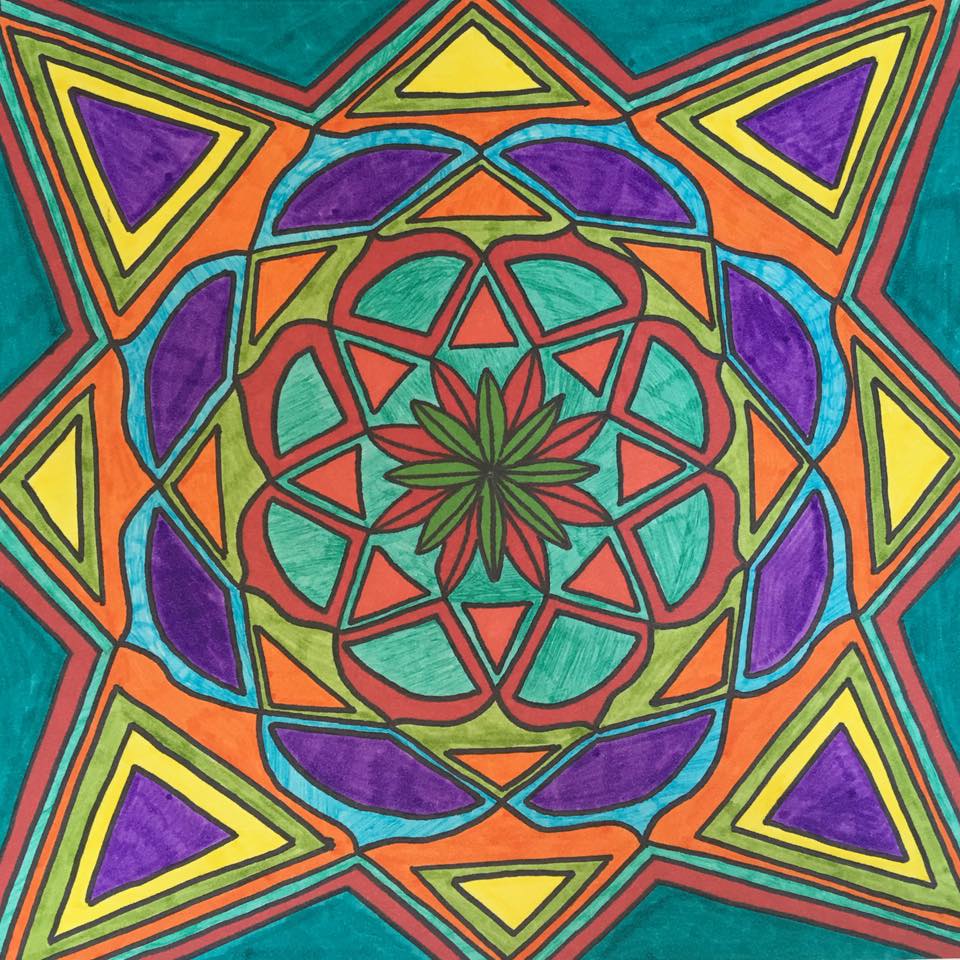
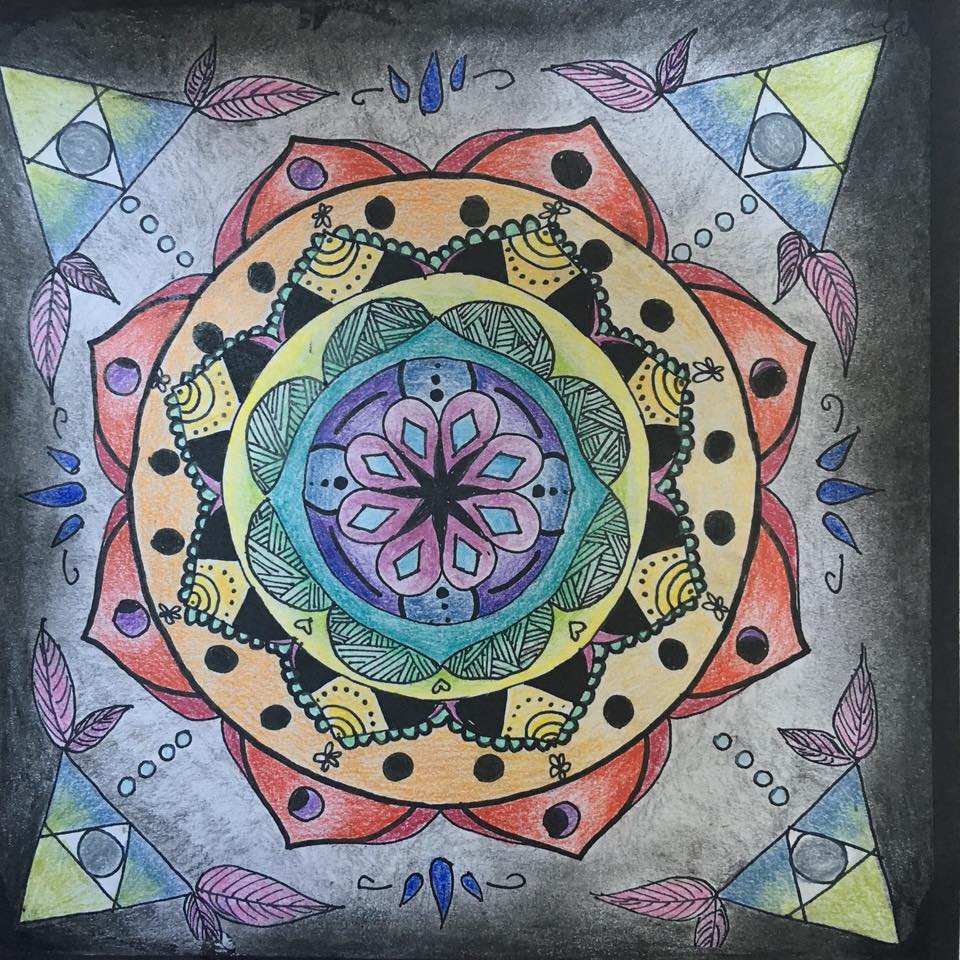
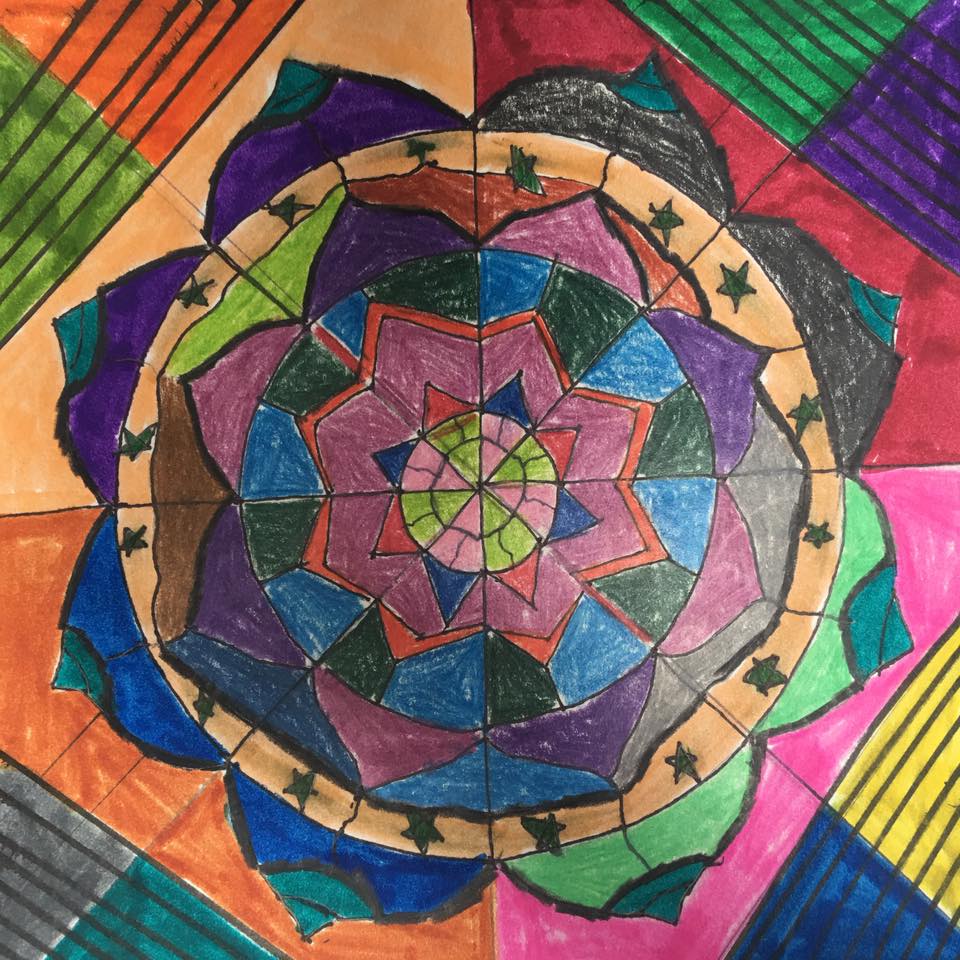
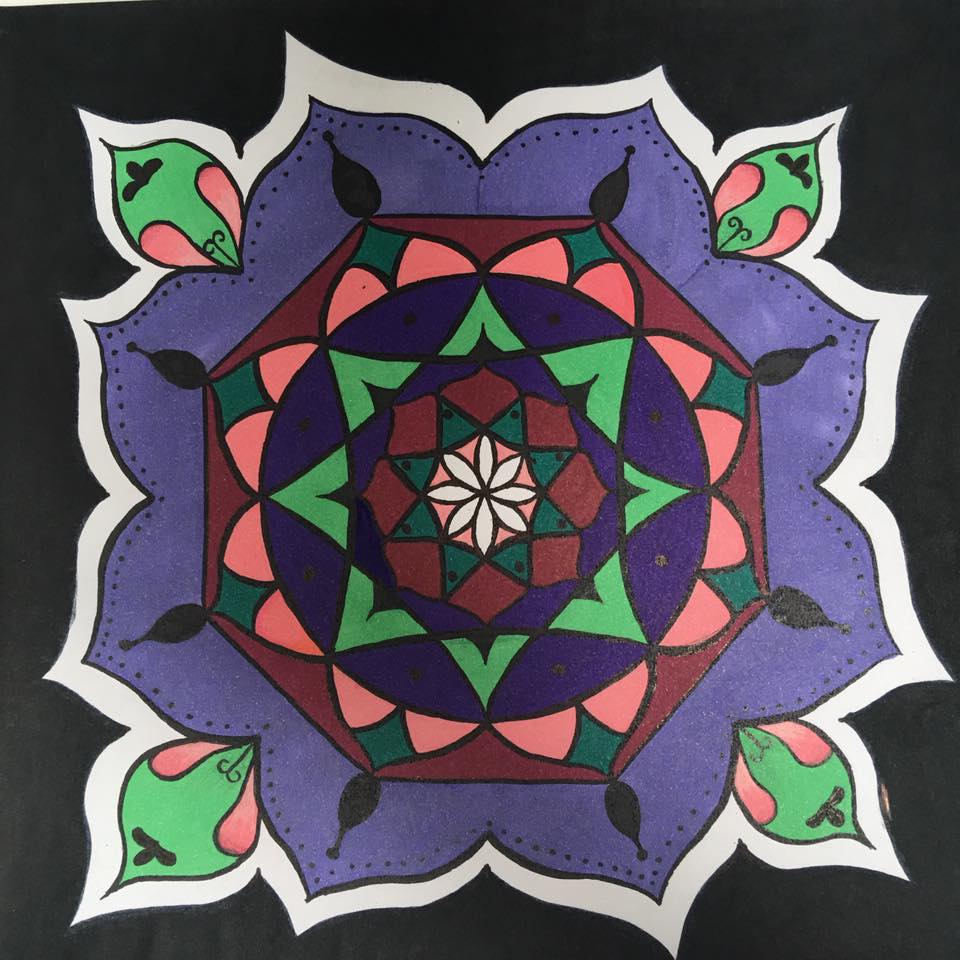

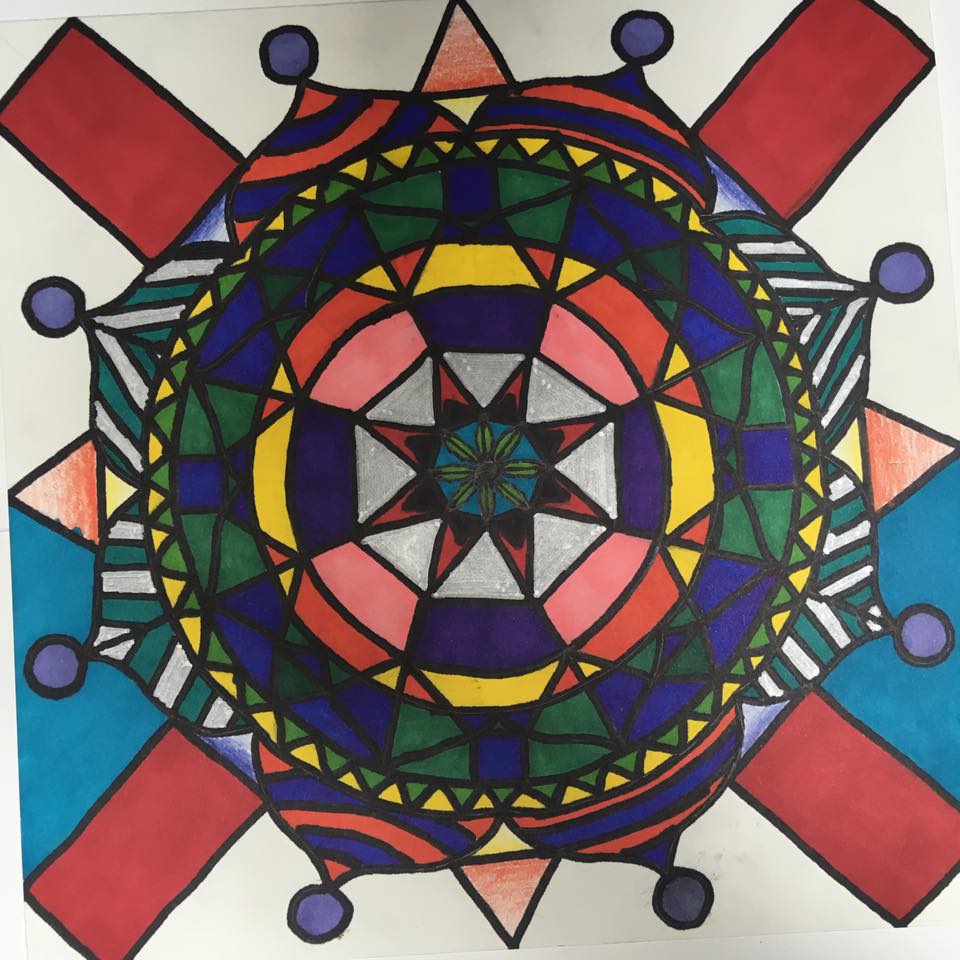
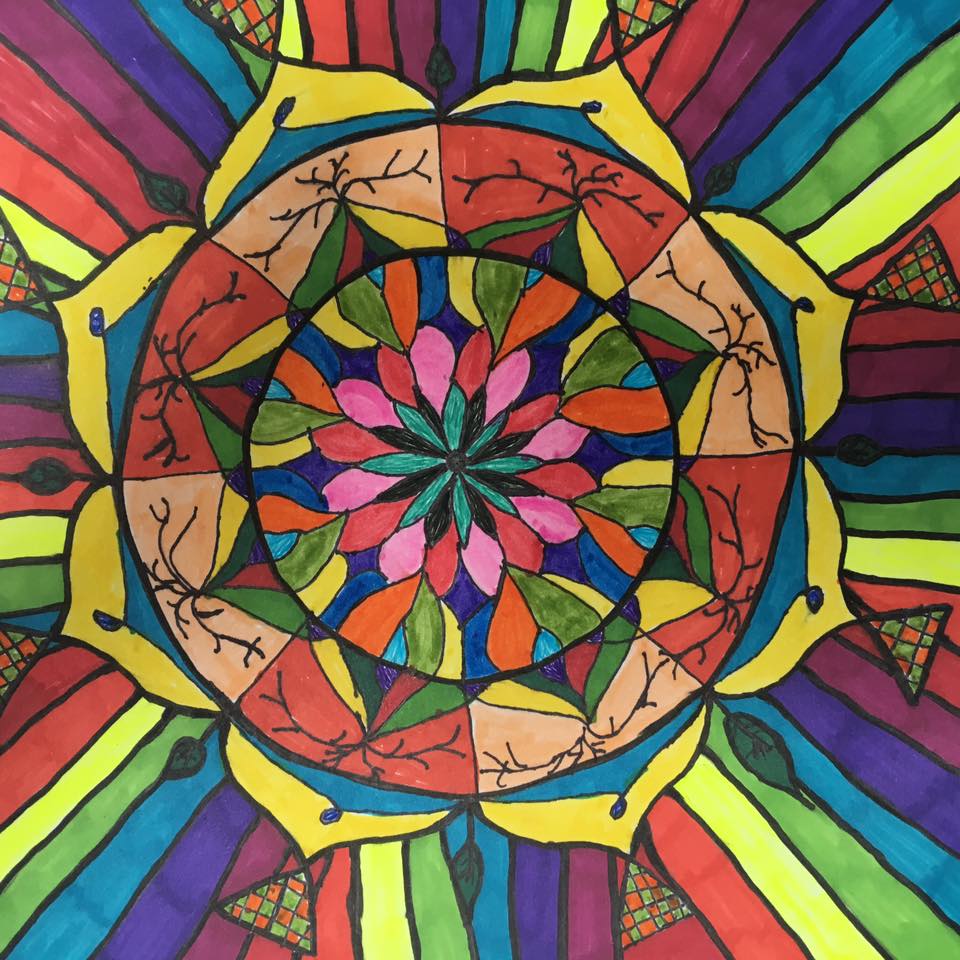
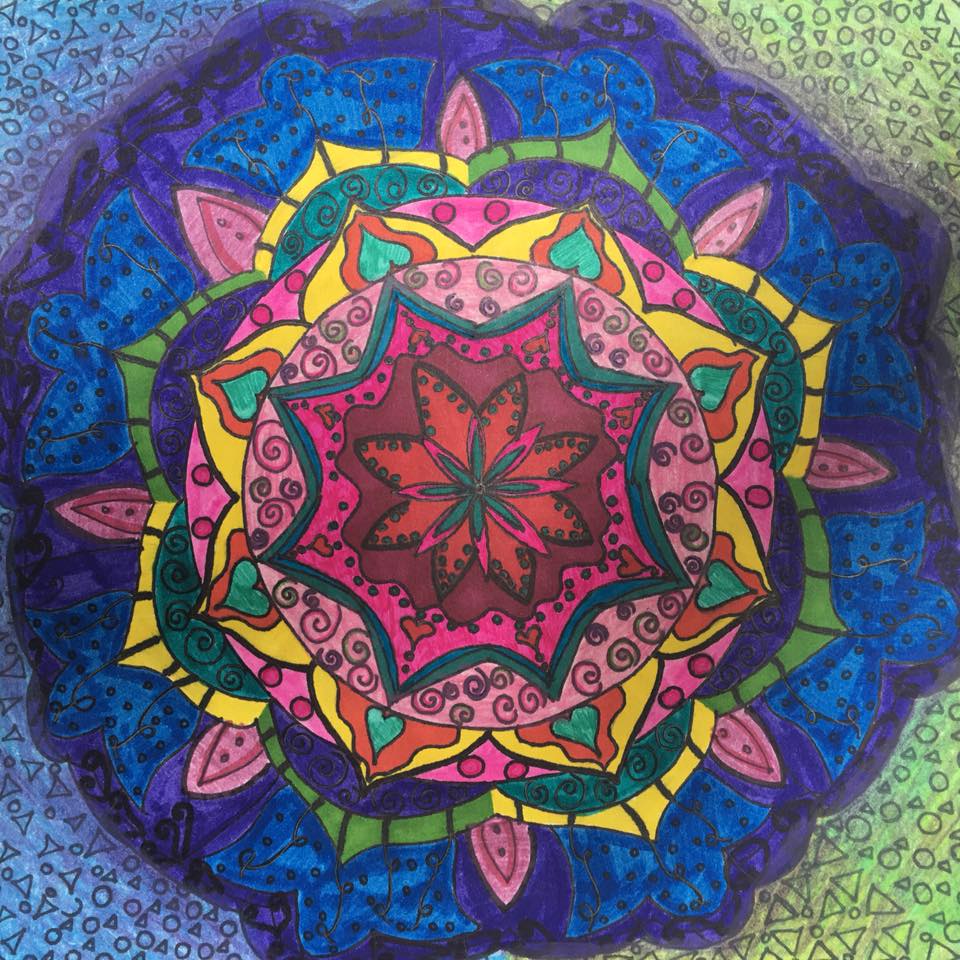
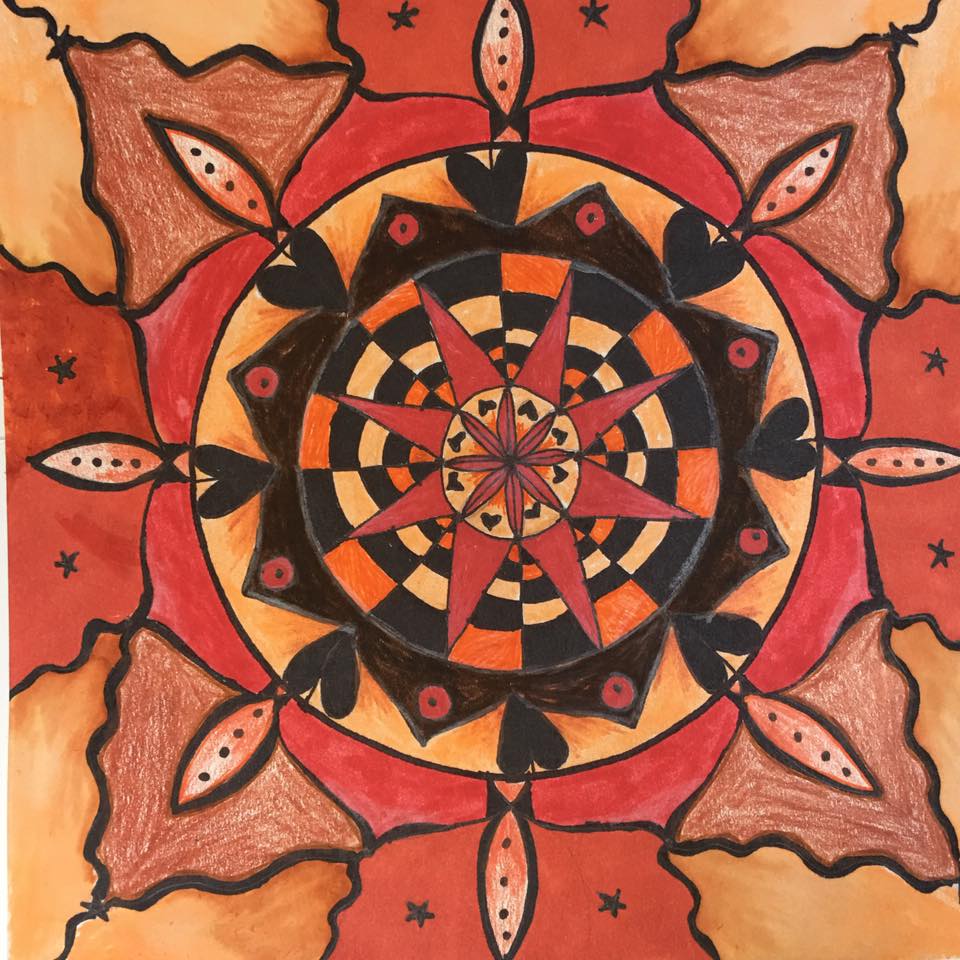
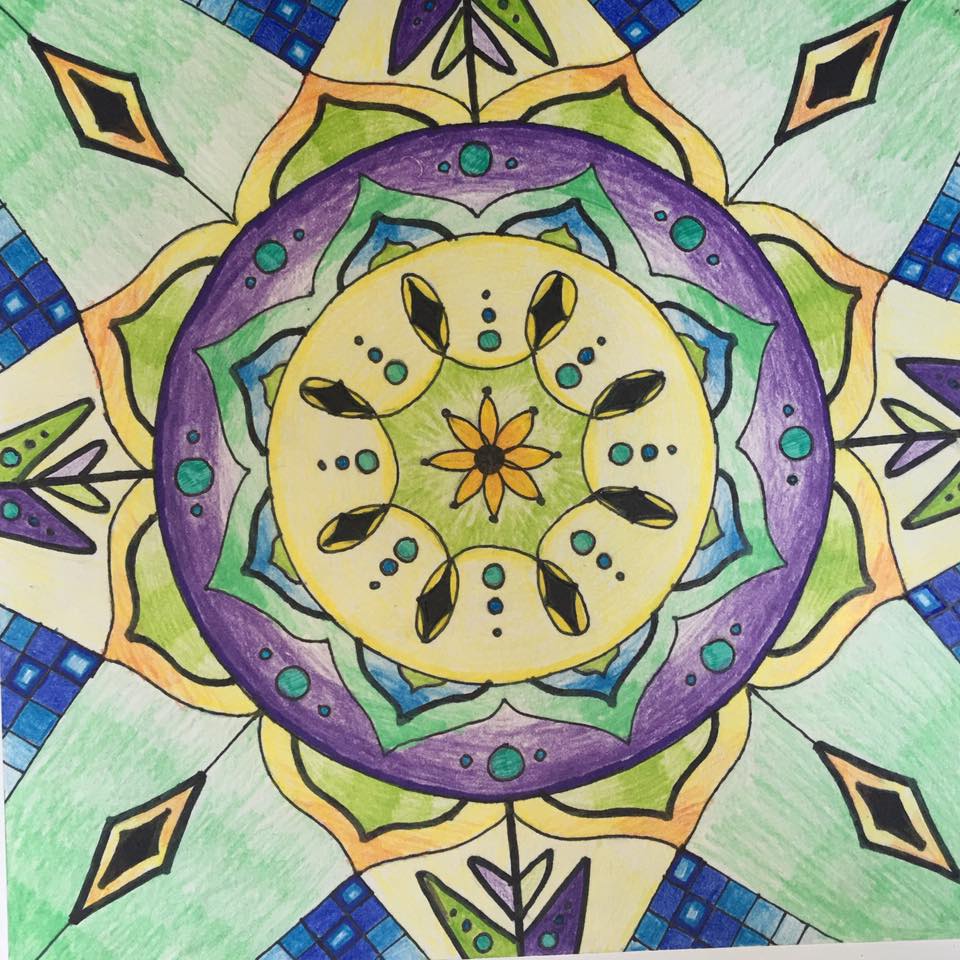

Hi If I want to enhance my skill in creativity as I like to draw potraits and I meditate . I would like to get put a mandala wall sticker on my wall. Can you please recommend which type of mandala design I should get,
Hi Vanitha – good question! Coincidentally, my mandala mentor just sent me this link to some amazing stencils…
https://www.cuttingedgestencils.com/prosperity-mandala-stencil-yoga-mandala-stencils-designs.html. I’ll email this to you as well:)
You can also find lots of mandalas prints and more at http://www.ILoveMandalas.com